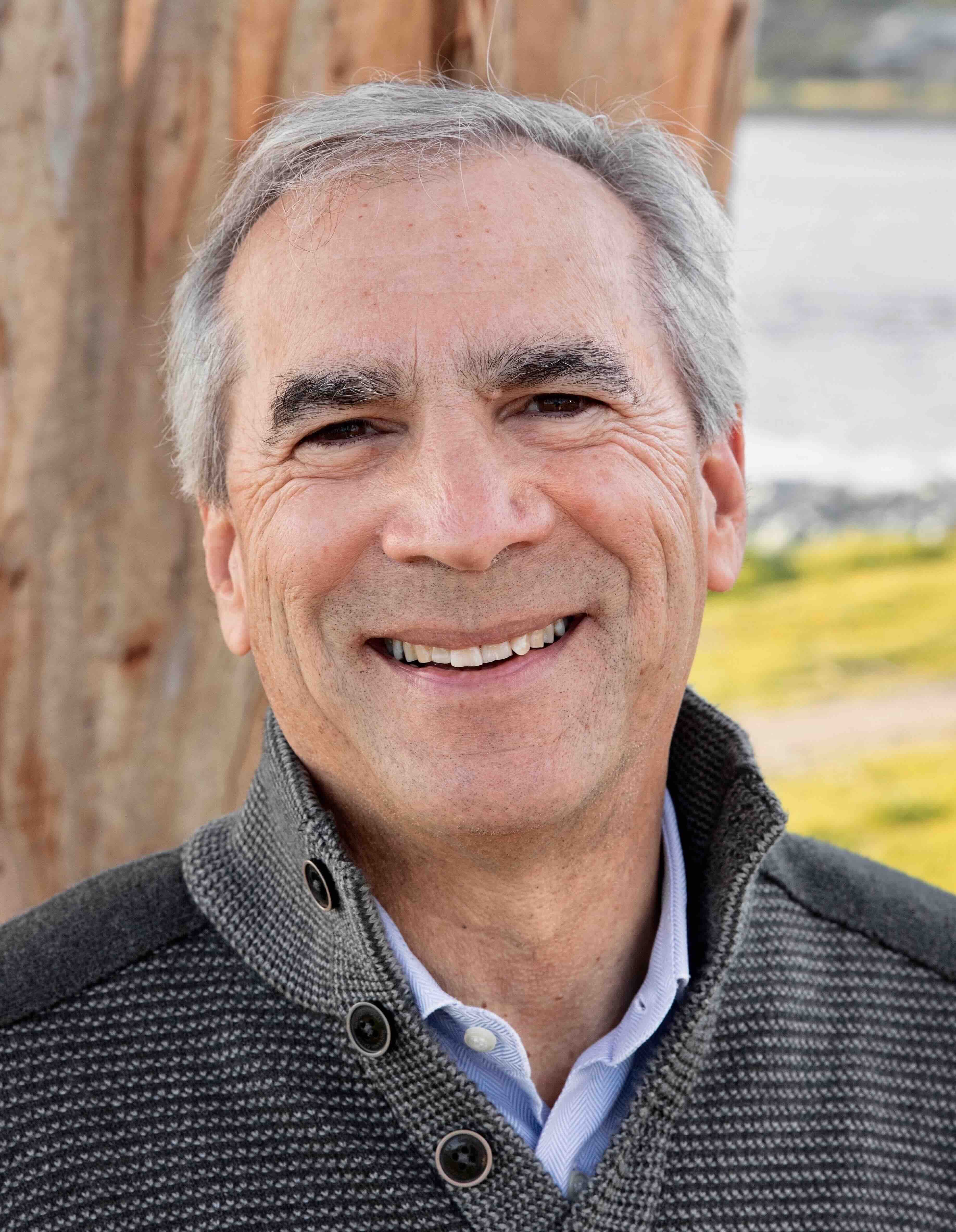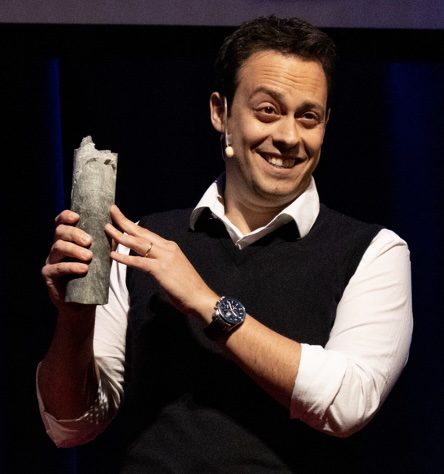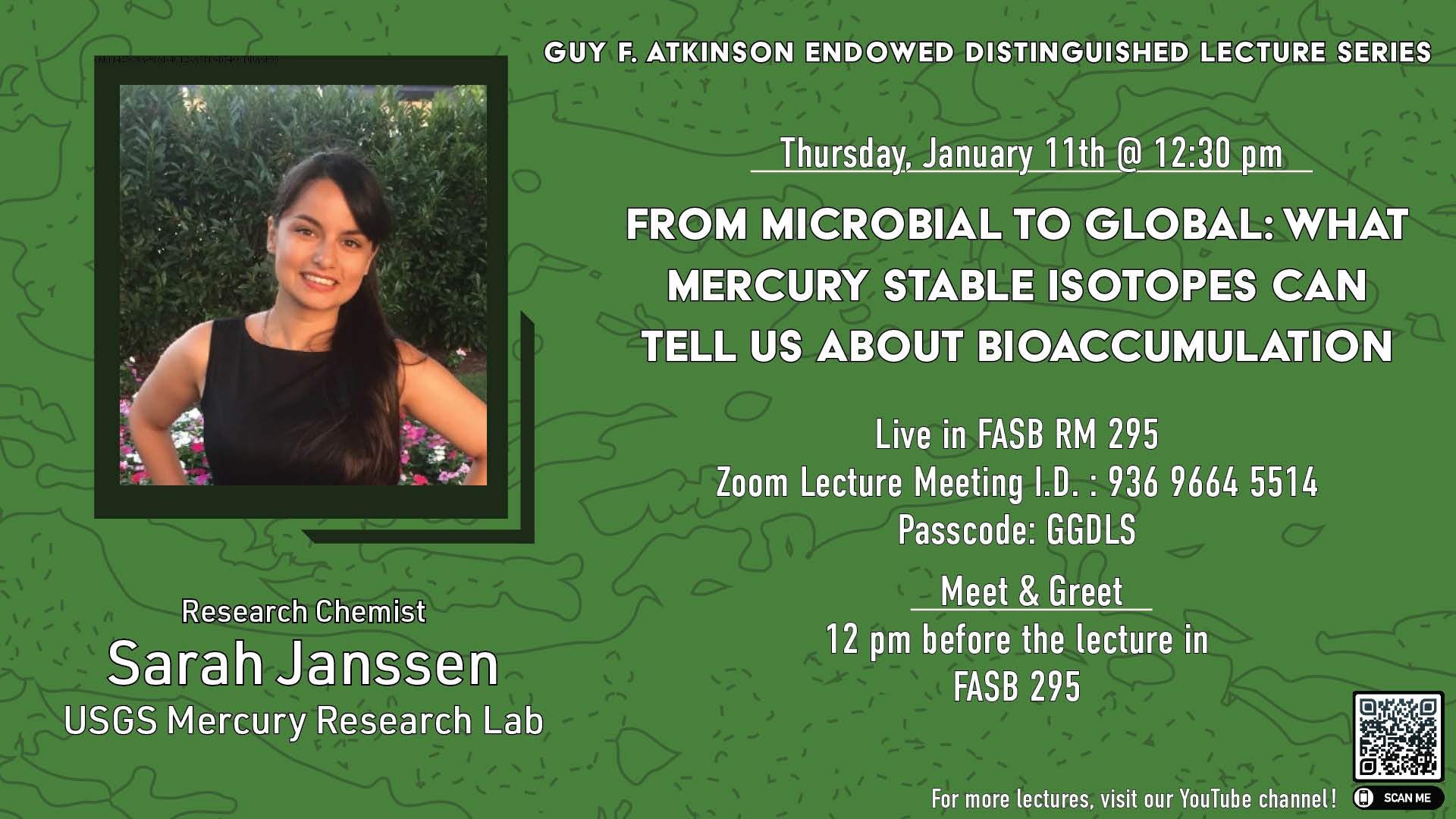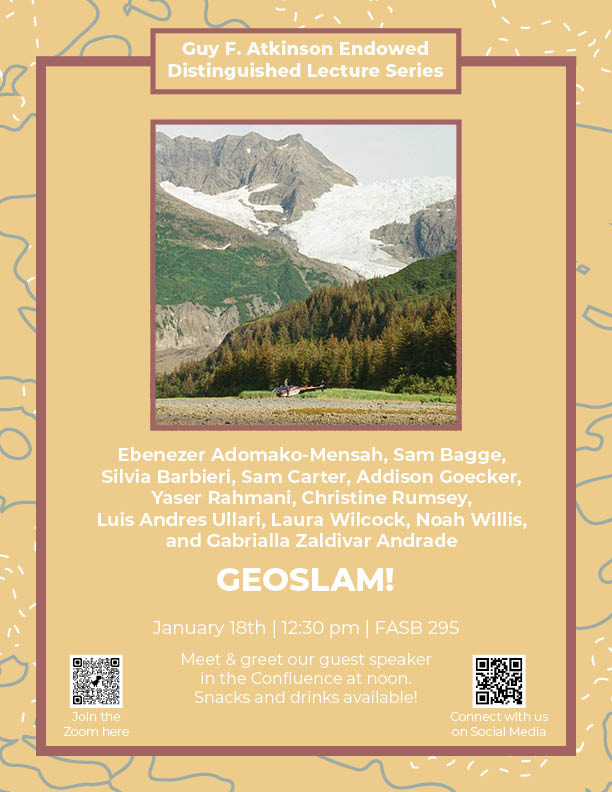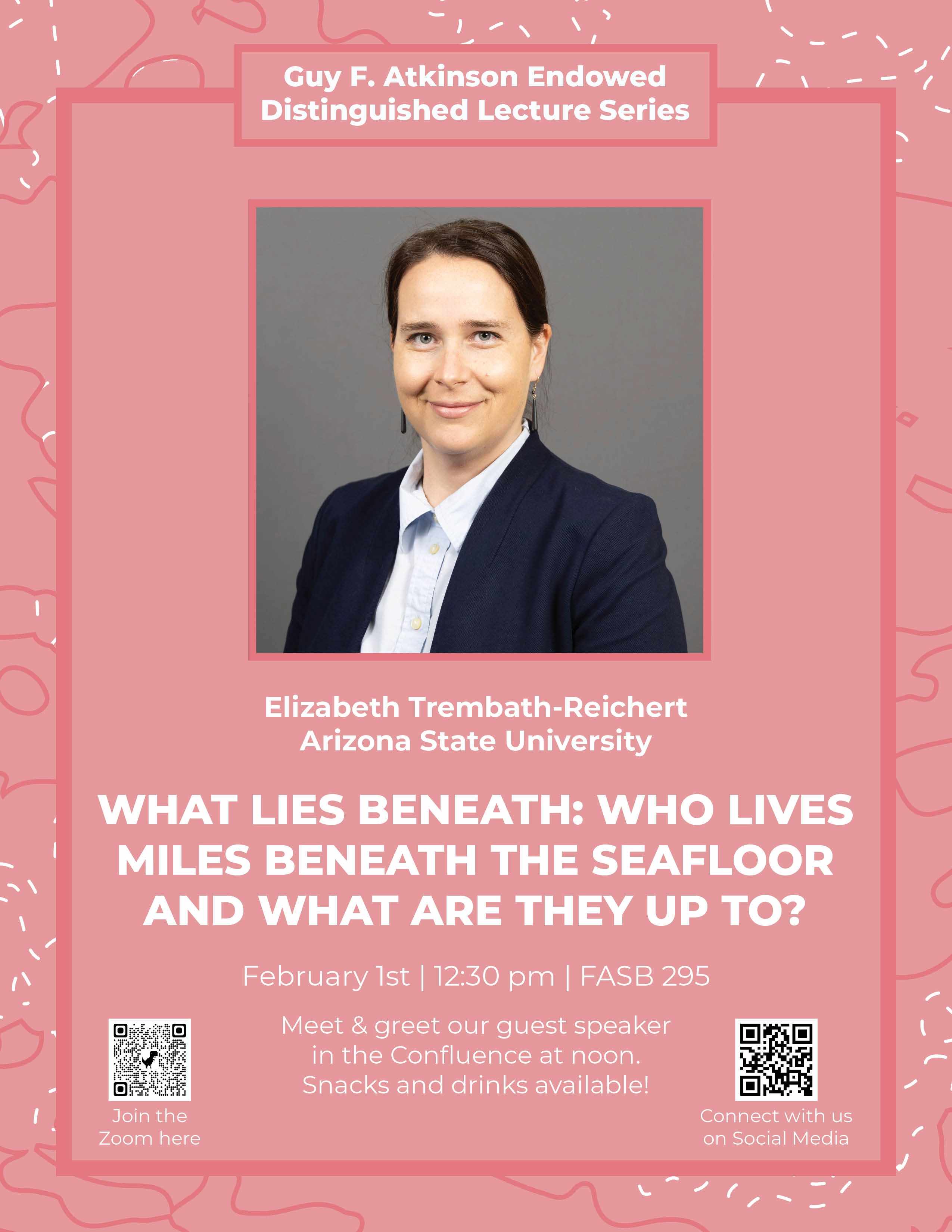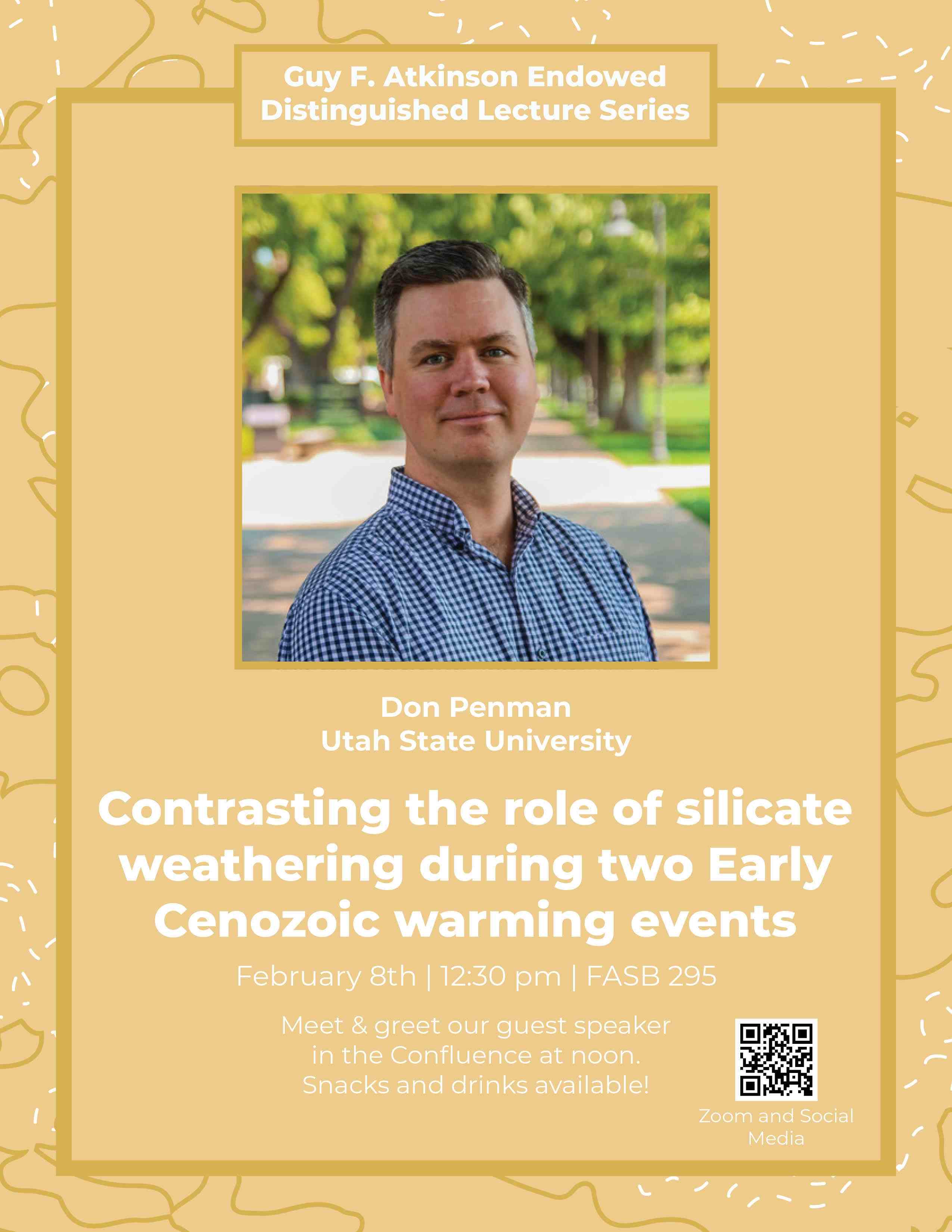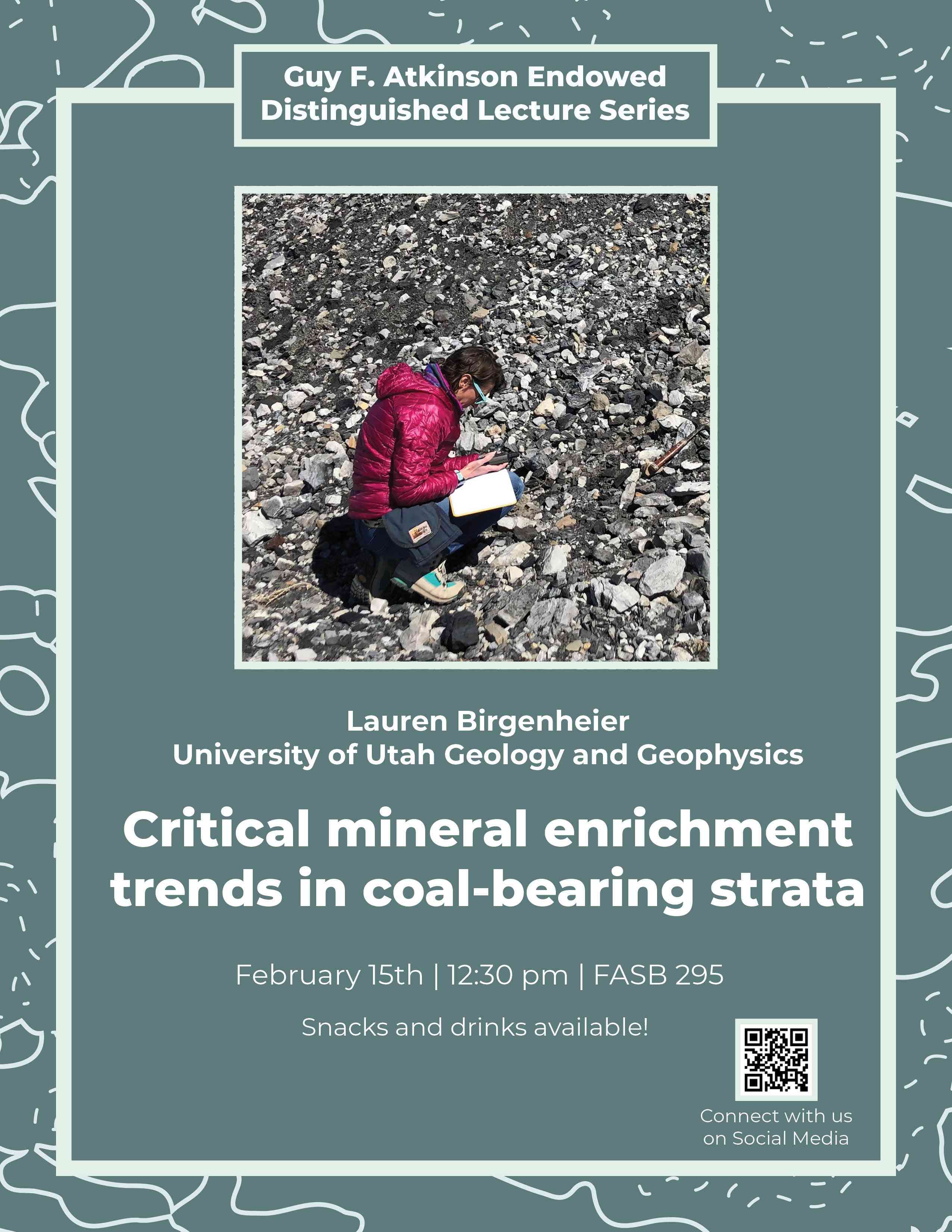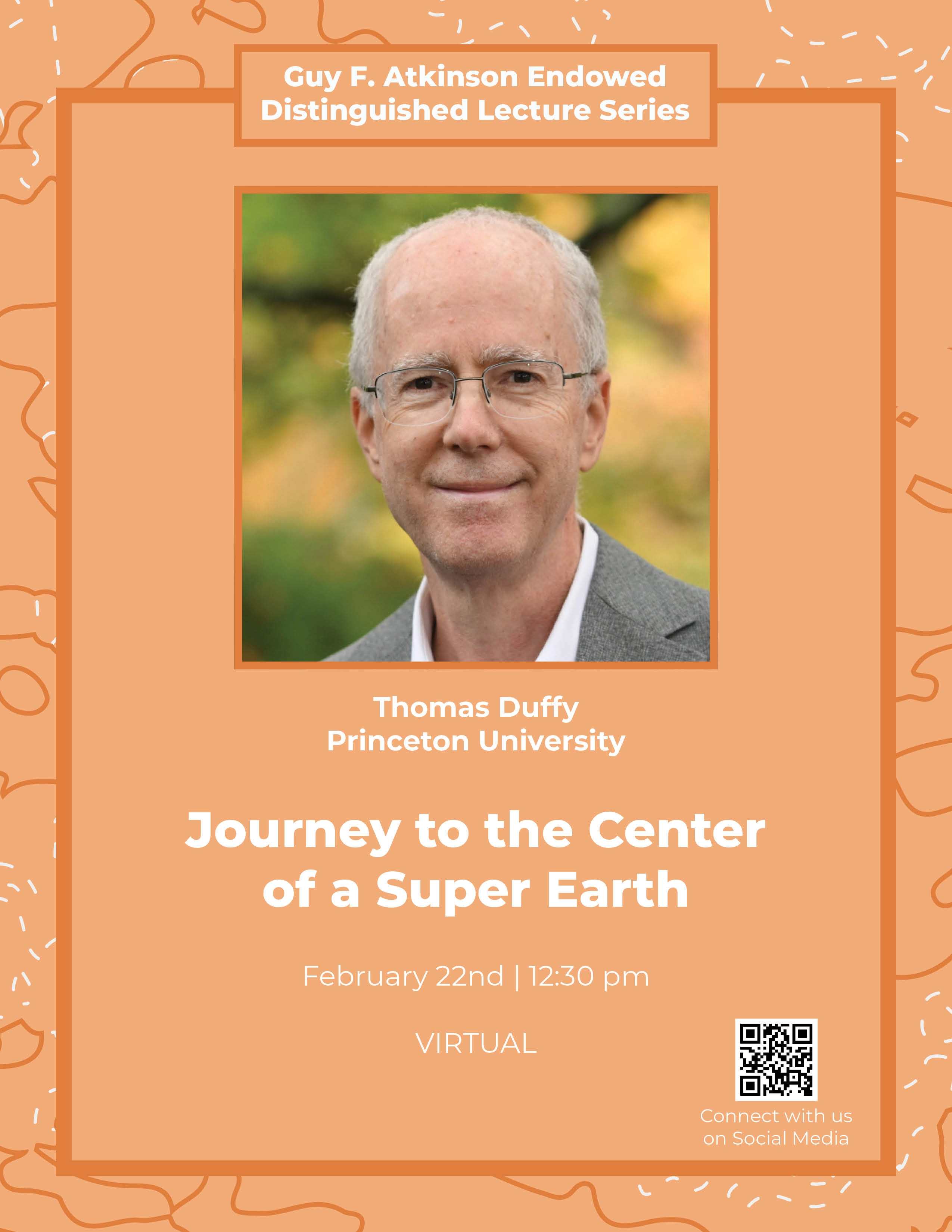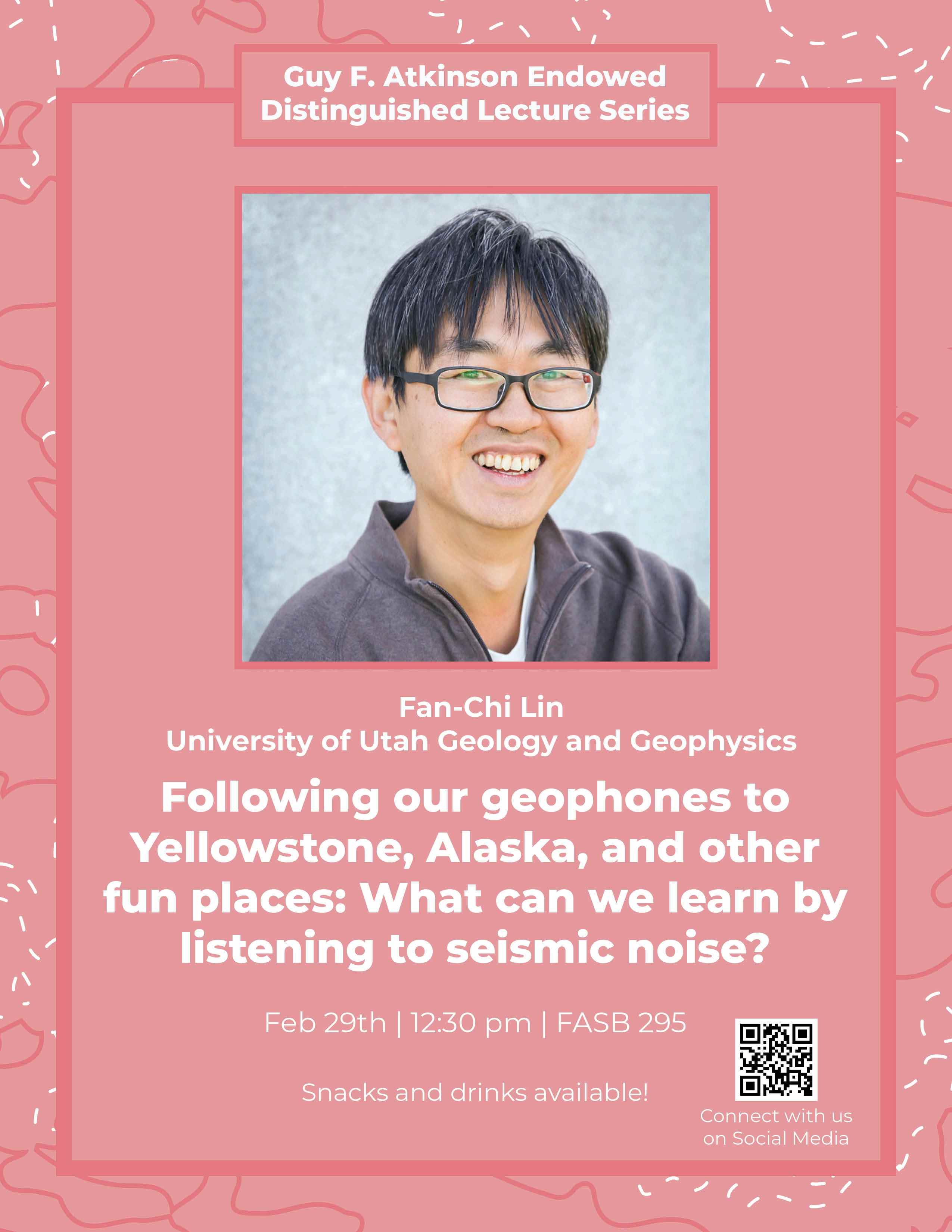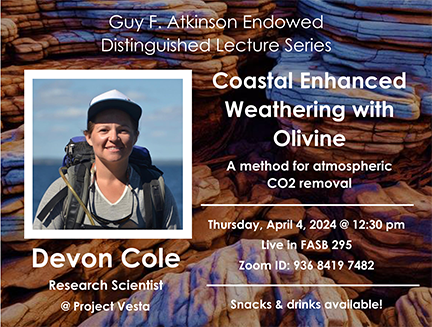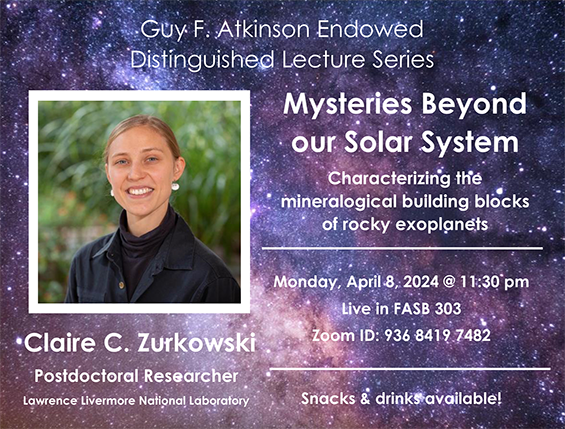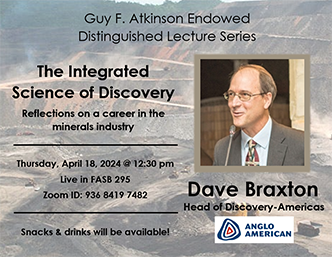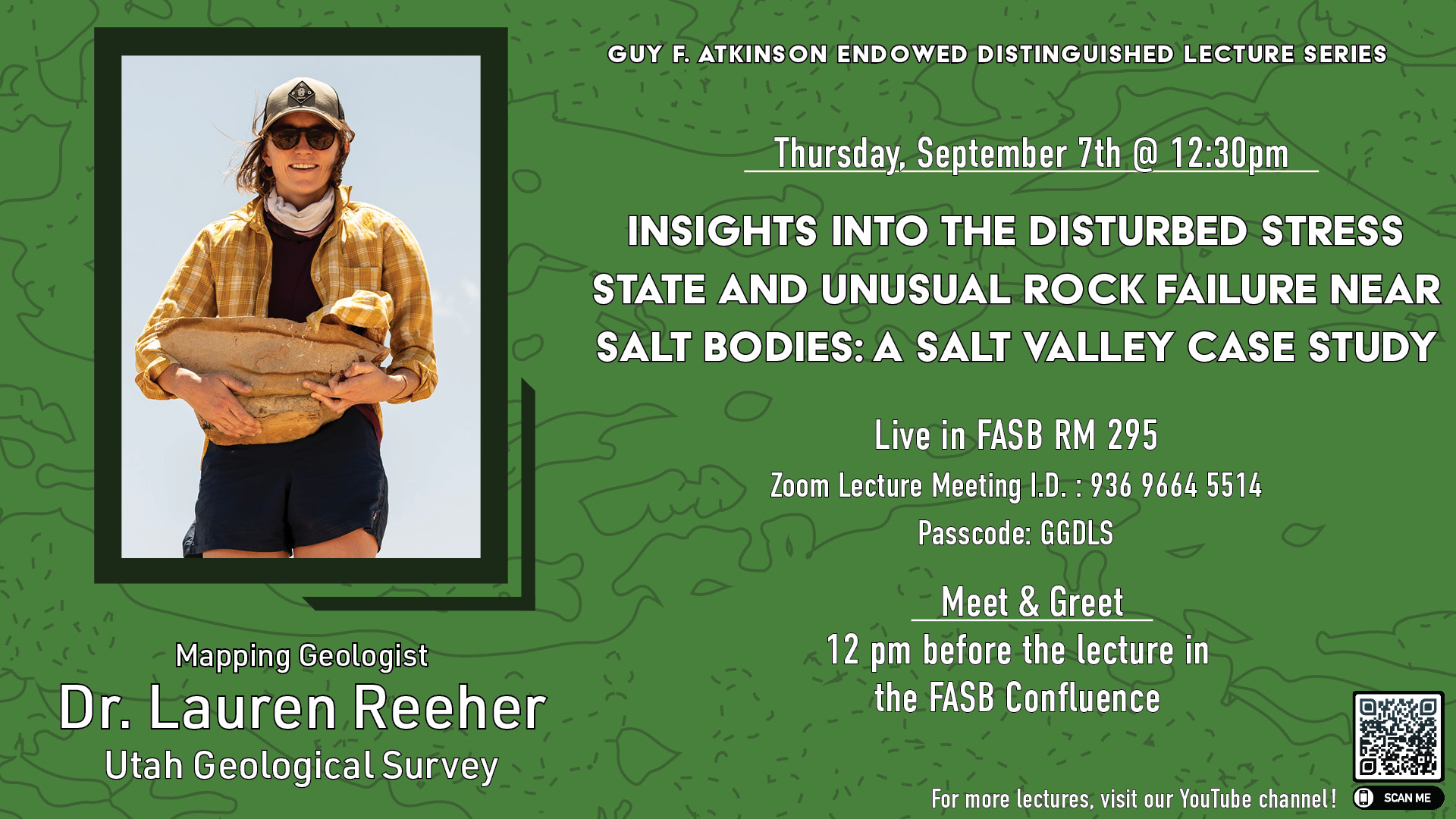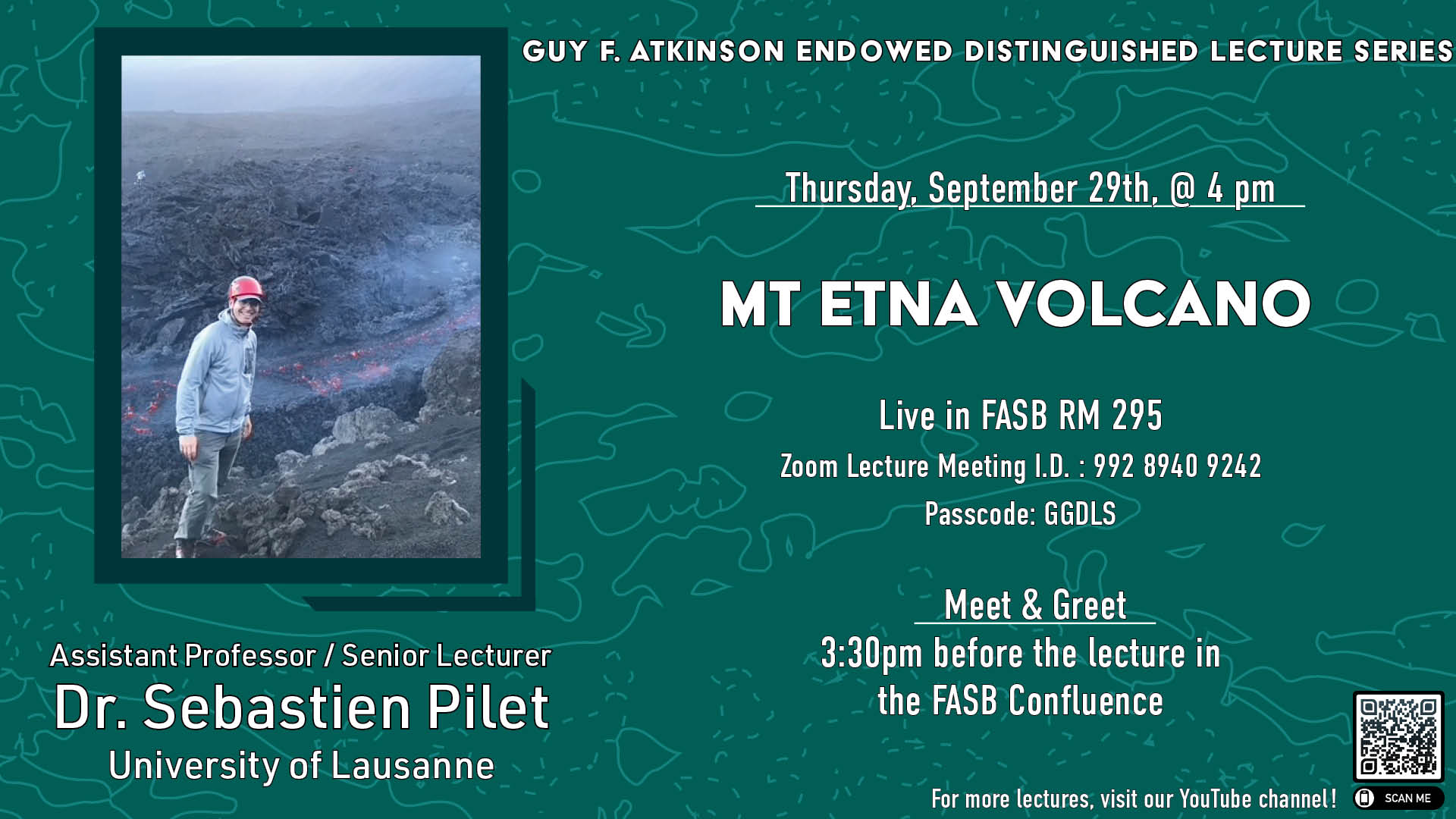Lecture Series Archive
Previous Lectures
Check out our YouTube channel or click on the links below to watch past lectures (starting in 2019).
From the University of Utah
Title: Making and breaking the Bonneville Salt Flats
From the University of Colorado Boulder
Title: Small Metabolites as Windows into the Carbon Cycle
From Idaho State University
Title: Global Compilations of Zircon Geochemistry: A Biased View Into Earth’s Deep Past
From Penn State
Title: New Dimensions of Molecular Carbon Isotope Signatures of Ancient Life, Climate, and our Cosmic Origins
From the University of Utah
Title: An Afternoon with Tonie van Dam
From VA Tech
Title:Arctic and Antarctic Paleoceanography and Ice-Sheet History from Continental Slope Archives
From the University of Texas Austin - GSA Hydrology Lectureship "Birdsall-Driess and LaMoreaux lecture"
Title:Insights on groundwater renewability from age and residence time analysis
From the University of Utah
Title:Sediment Stories from the Glen Canyon Dam "Experiment"
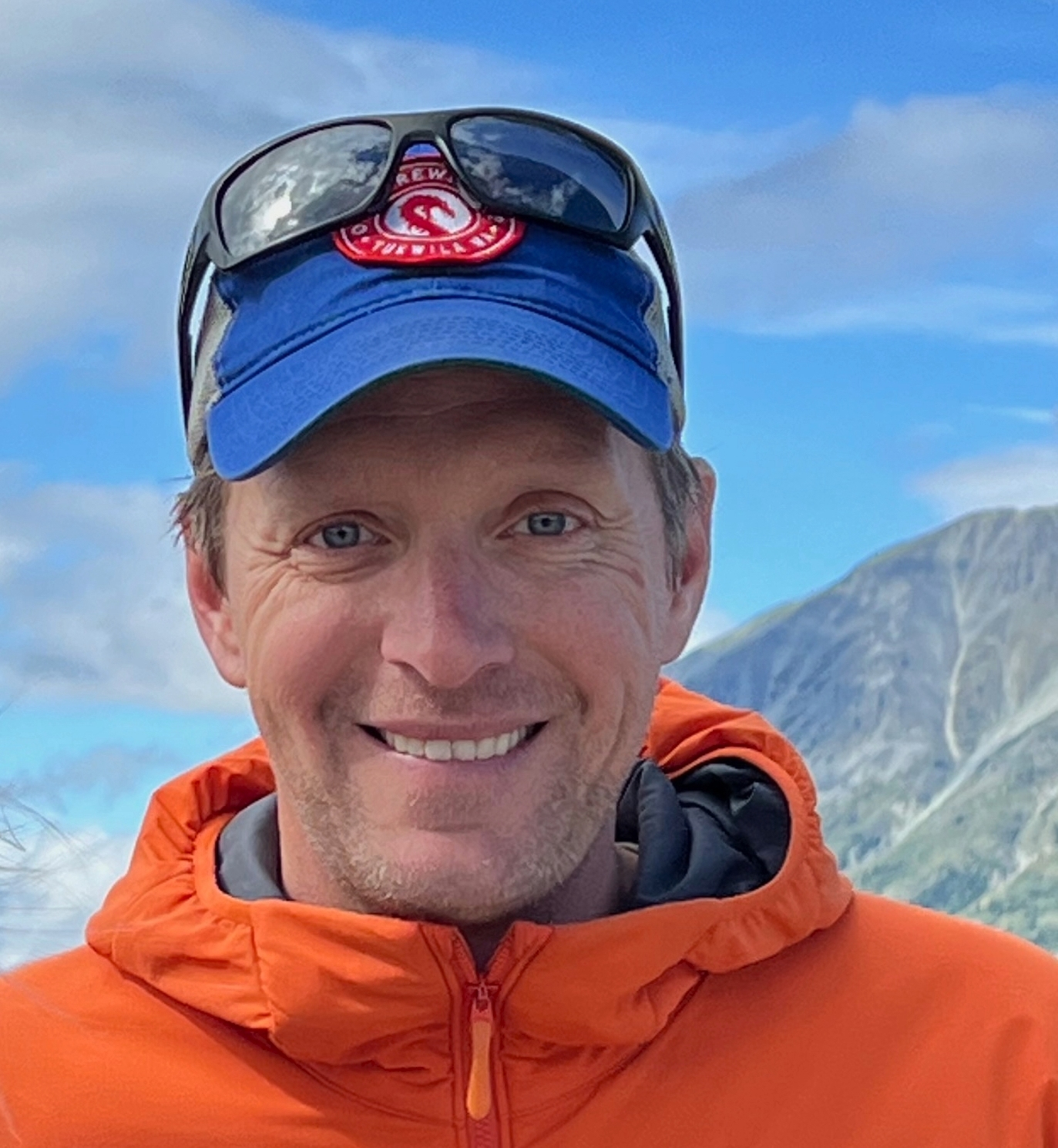
Title:Understanding Earth’s paleoenvironmental evolution (on long timescales)
Abstract: Animals originated and evolved during one of the most unique times in Earth history—the Neoproterozoic Era—and early animal evolution has long been causally linked to environmental change during this interval. However, geochemical patterns of change are often noisy, and no stratigraphic section covers the entirety of Earth history; global database studies are required. Here, data from the Sedimentary Geochemistry and Paleoenvironments Project (SGP) will be used to demonstrate how machine learning methods and increased emphasis on accounting for sampling bias can yield a more resolved pattern of environmental change in deep time. The talk will also discuss the prospects and pitfalls of ‘team science’ approaches in the geological sciences. The results suggest that early animals evolved in a Neoproterozoic world that had lower oxygen levels and lower primary productivity than the Paleozoic, although the magnitude of oxygen change at the dawn of the Phanerozoic was likely less than commonly hypothesized. Finally, ecosystems along modern natural gradients of oxygen and primary productivity will be used to conceptualize Neoproterozoic ecosystems and deduce the possible role of environmental change in the Cambrian ‘explosion’ of animal life.
*Please note that this lecture will not be recorded or posted after.
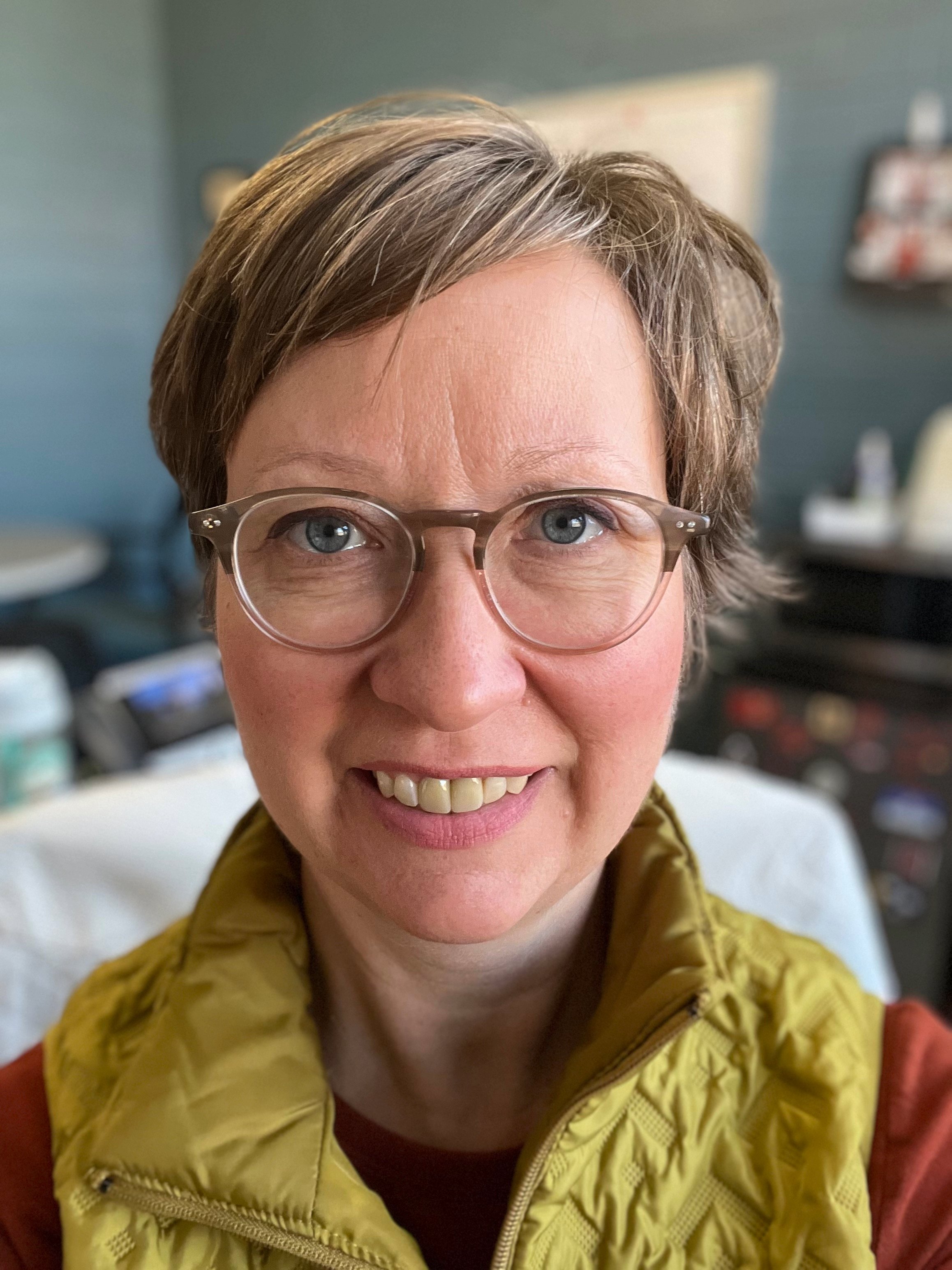
Title: The life and times of a ferruginous lake
Abstract: Permanently stratified lakes that are also ferruginous (i.e. abundant dissolved iron) are biogeochemical hot spots for (microbial) redox transformations of major and trace elements. Across such an interesting set of gradients (light, oxygen, temperature, salinity, nutrients, etc.), there is really something to interest every flavor of biogeochemist. In this talk I will discuss one modest little lake in northern Minnesota that has given us some real insights into how ferruginous aquatic conditions function and the geochemical records they might leave behind. This is of particular interest to geoscientists who want to better understand how biogeochemical cycles operated in the Archean and Proterozoic oceans. Lakes aren’t oceans, though, and so I will address both the applications and limits of this analogy.
*Please note that this lecture will not be recorded or posted after.

Title:Uranium Isotopes as Tracers of Seafloor Weathering
Abstract:The oceanic crust and marine sediments are exposed to pure and chemically altered seawater. Fluid-rock interactions between these reservoirs provoke a wide variety of chemical reactions that modify the physical and chemical properties of both the fluids and the solids involved, with implications for the global cycles of water, carbon dioxide, and fluid-mobile elements in Earth’s surface and interior. Uranium is a powerful tracer of weathering reactions at the seafloor because it is highly soluble in its oxidized form in seawater, and undergoes two flavors of isotopic fractionation: one during water-rock interaction, and one during redox transitions between U(VI) and U(IV). In this talk, we show how uranium isotopes can be used to fingerprint weathering dynamics in serpentinites and in marine sediments. We use our results to show that low-temperature weathering of oceanic serpentinites by chemically evolved seawater is pervasive at the seafloor, and that continental serpentinites host unique uranium isotope signatures driven by the grain size of U hosting minerals. We investigate the role of iron oxides as mineralogical hosts for uranium in seafloor serpentinites and discuss possible implications for the whole-earth uranium isotope cycle.
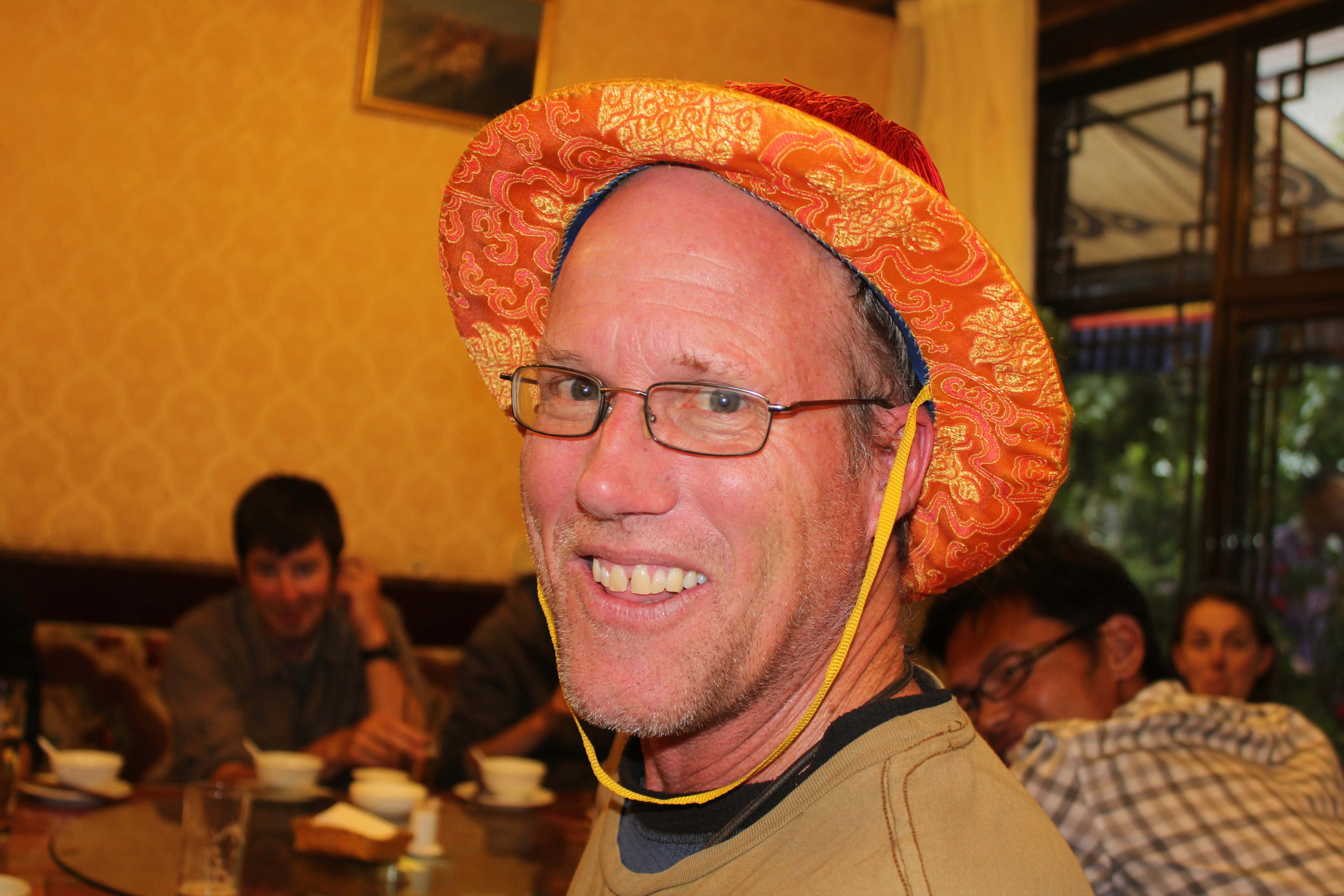
Title:"Road Trip! Jay Quade, Field Geology, Geochemistry" Presented by Thure Cerling
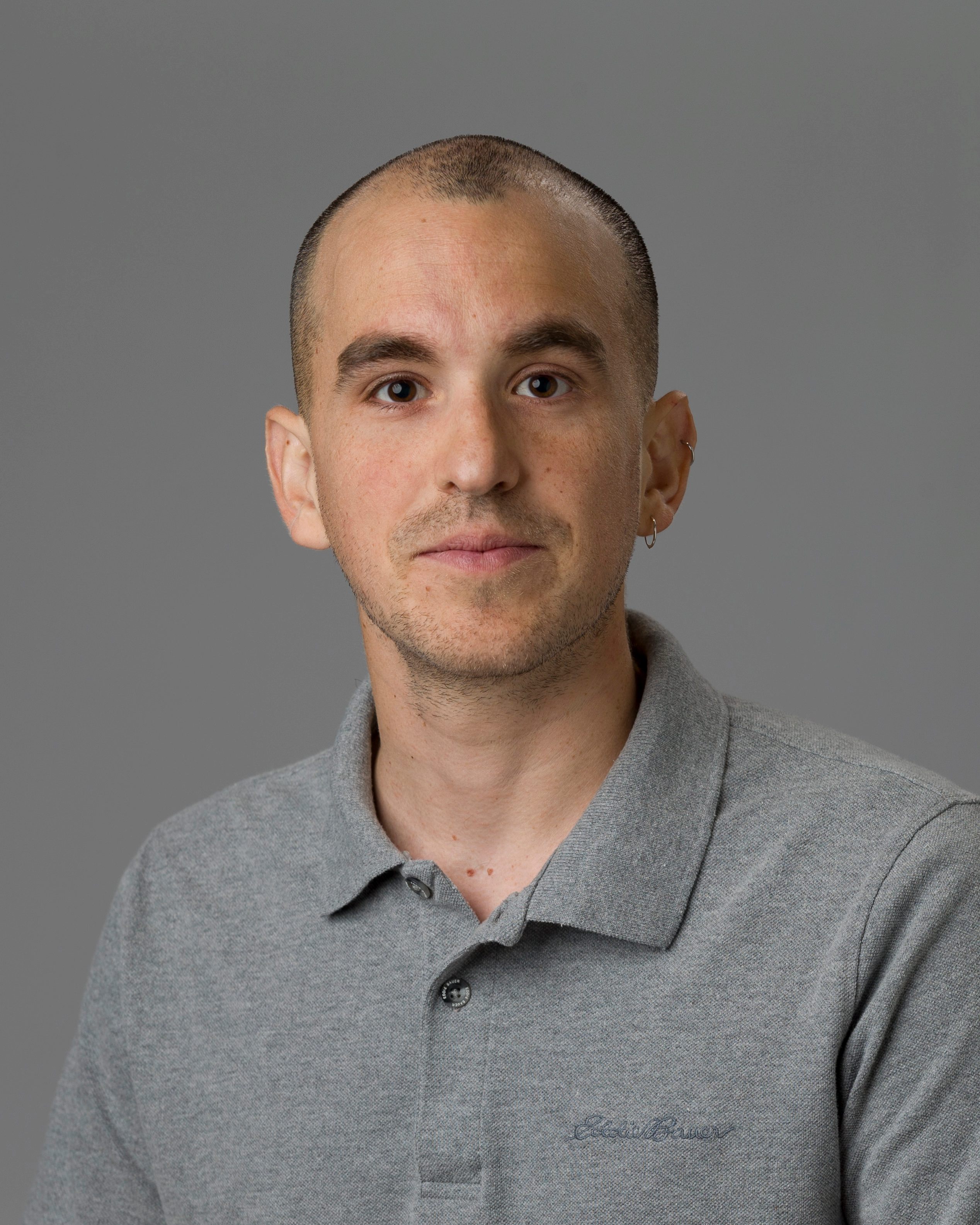
Title: Ontogenies of Orogenies and Erodibilities of Landscapes
Abstract:Understanding how erosion rates are influenced by tectonics, climate, and lithology is crucial for interpreting the evolution of Earth’s topography. The rate of rock uplift is one of the primary controls on erosion rate. Mountain ranges adjust to changes in uplift rate by adjusting their steepness so that erosion rates balance the rates of rock uplift. The amount that a landscape needs to steepen to achieve an erosion rate that balances the rate of rock uplift depends on multiple factors that control the efficiency of erosion, such as rock erodibility. Previous research has investigated the influence of erodibility on the relationship between erosion rates and landscape steepness by analyzing erosion rates and steepness values across catchments with varying fracture densities. These studies have shown that catchments with higher fracture densities exhibit greater erodibility and require less channel steepness to achieve a given erosion rate compared to catchments with lower fracture densities. However, the possibility of erodibility variations across different stages of mountain building (ontogeny) on a continental scale has yet to be directly investigated. In this talk, I will present results from ongoing research on the relationship between erosion rates derived from ¹⁰Be cosmogenic nuclides and channel steepness across orogens of different ages in the conterminous United States. Rock erodibility is expected to have a relationship with orogen age following from the general observation that during orogenesis, cooler, upper crustal rocks experience greater amounts of brittle strain than warmer, more ductile rocks at depth, creating a ‘fracture stratigraphy’. This fracturing process is expected to reduce the erodibility of the upper crust in young and tectonically active orogens. In contrast, areas that have not recently experienced intense deformation (i.e., tectonically quiescent), should have lower fracture densities.
Pistone is the Geological Society of America's Continental Scientific Drilling Division 2024-2025 Distinguished Lecturer.
Title: Moho Mission to the Foundation of Continents: The ICDP DIVE Drilling Project.
Abstract: It is more difficult to access the Earth’s interior a few miles below our feet than it is to explore the surface of another planet hundreds of thousands to million miles away. Drilling has made it possible to explore the Earth’s interior and thus, go deep. But the thrill to drill is quickly contrasted by the challenging pressure exerted by the rocks with increasing depth. Since Project Mohole in the 1960s, scientists have worked to reach the boundary between the crust and the mantle known as the Moho. This boundary representing the foundations of continents is usually beyond the reach of our present-day technology. However, in some places on Earth, it is possible to reach the crust-mantle frontier without going as deep. The Ivrea-Verbano Zone in the Italian Alps is the golden target to explore the crust-mantle transition zone in less than 1 mile depth. This is because the collision between tectonic plates that generated the European Alps brought the crust-mantle boundary to a shallow depth and thus, under conditions of low pressure, present-day drilling technology can sustain a borehole to this depth. Based on the collaborative effort led by more than 50 scientists, I will present the major outcomes of Phase 1 of the ICDP DIVE (Drilling the Ivrea-Verbano zonE) project tackling key questions related to the chemistry and architecture of the crust-mantle transition, the geophysical signatures, and insights into the deep biosphere.
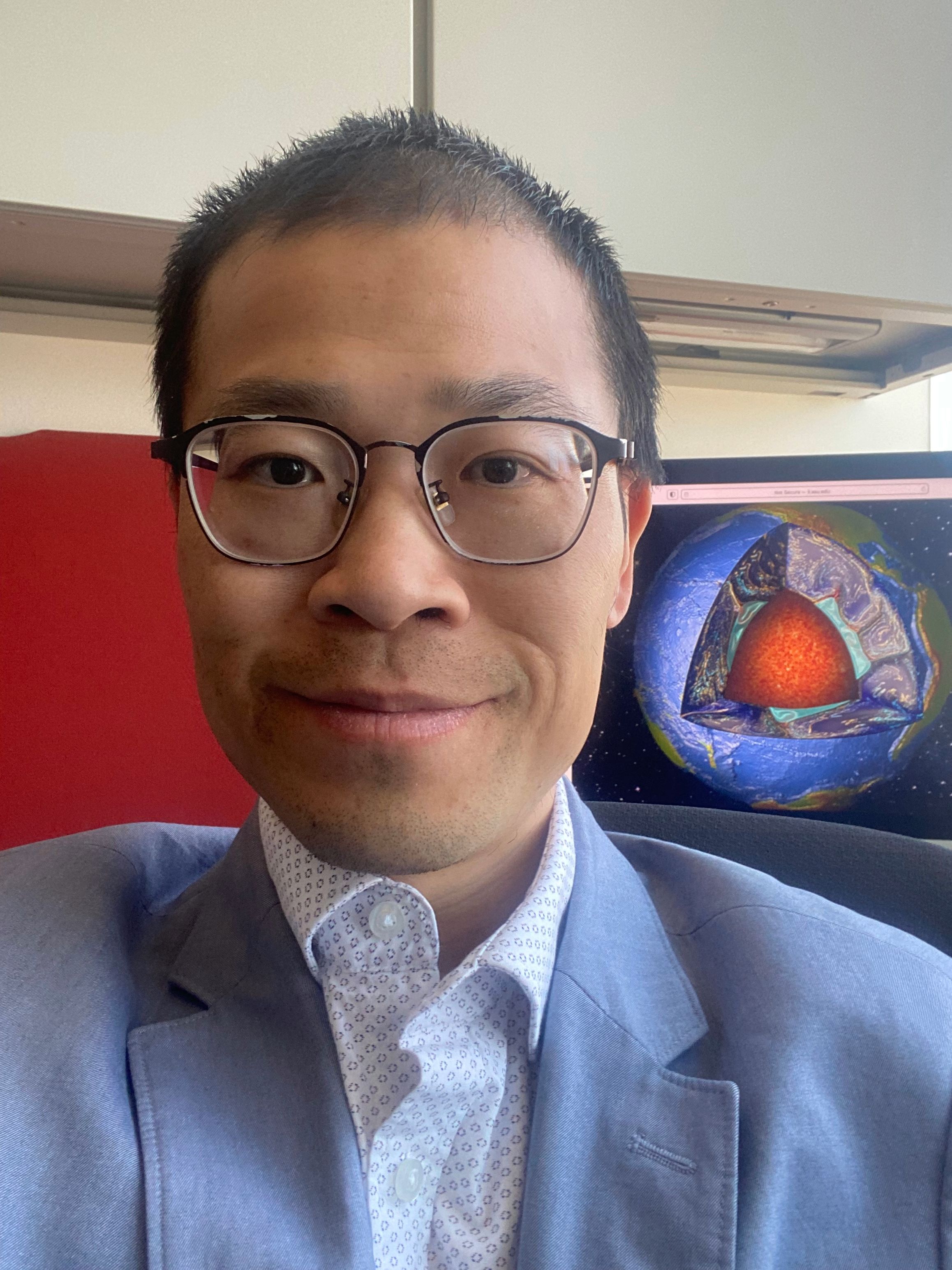
Title: Multi-Scale Structure and Dynamics in Earth’s Lowermost Mantle.
Abstract:In Earth’s deepest mantle, there are two huge structures with anomalously lower seismic velocities than their surroundings. They are often called “Large Low Shear Velocity Provinces” or LLSVPs. These vast structures, potentially distinct in composition, are dynamic imprints of Earth’s 4.5-billion-year evolution. Their morphology and physical-chemical properties hold critical clues to the planet’s internal processes, from deep mantle convection to the cycling of materials over geological timescales. Besides these large-scale structures, seismic observations reveal widespread small-scale heterogeneities, including ultra-low velocity zones (ULVZs). These ULVZs, characterized by even lower seismic velocities, are found both inside, outside, and along the margins of LLSVPs, suggesting a complex and dynamic deep mantle environment. Here, I will discuss results about the formation, dynamics, and evolution of these multi-scale structures. Our findings provide insights into the interactions between LLSVPs, ULVZs, mantle plumes, and subducted materials, shedding light on the role of the lowermost mantle in driving Earth’s long-term thermochemical evolution.
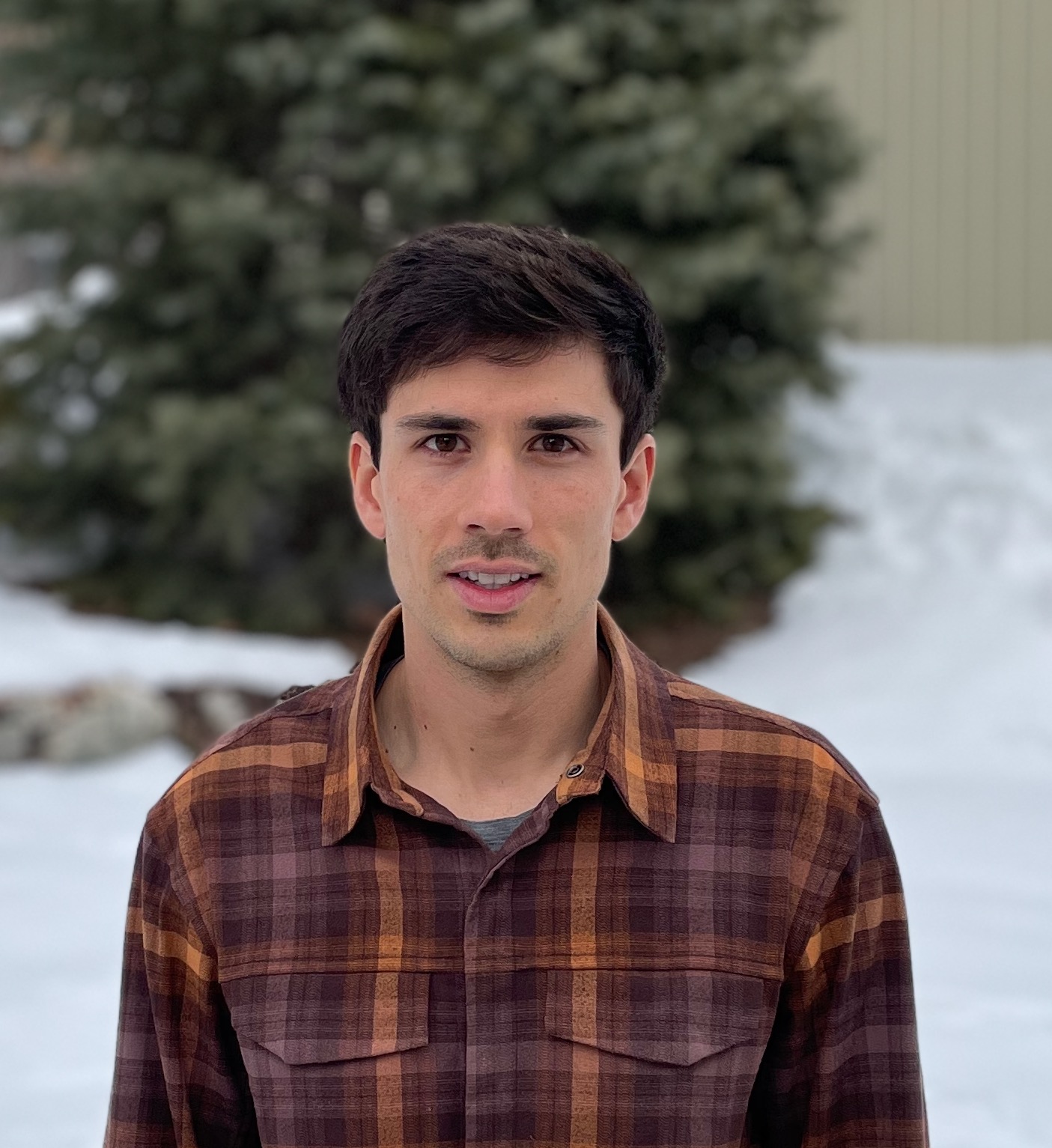
Title: Role of Old-aged Groundwater in a Mountain Watershed - Application of Environmental Age Tracers and an Integrated Hydrologic Model.
Abstract: Headwater mountain systems provide an outsized proportion of the water resources throughout the Western United States. However, the role of bedrock groundwater in mountain hydrologic processes is largely unknown and poorly quantified. For instance, it remains uncertain how much groundwater is stored in headwater systems, the timescales over which groundwater moves through fractured bedrock, its role in headwater streamflow generation, and how it may be impacted by climate change. In this work we utilize observations of environmental age tracers, mountain groundwater levels, and high-performance integrated hydrologic modeling and particle tracking to quantify bedrock groundwater storage and stream discharge dynamics in the mountainous East River Watershed, Colorado (USA). Our combined observational and numerical modeling approach aims to elucidate the role of groundwater in streamflow generation within this high-elevation mountain watershed. We find that the release of old-aged groundwater storage is vital for sustaining streamflow, especially in the presence of low-snow years. However, this buffering of streamflow with groundwater may be temporary, as both simulated and observed groundwater level timeseries show declines over the past 7 years, suggesting a potential unsustainable loss of groundwater storage with unknown impacts on future streamflow. These results emphasize the importance of understanding the processes governing groundwater recharge, discharge, and storage changes in high-elevation mountains for effective management of downstream water resources.
Title: Earthquake, Volcano, and Orogeny: Exploring Active Tectonics in Taiwan
Join us to hear about what 16 Geology and Geophysics students discovered and experienced on our first field trip to Taiwan.
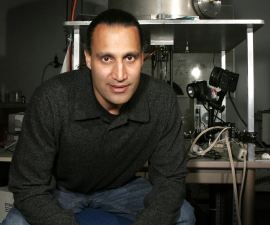
Title: Submarine Volcanic Eruptions
Abstract: Submarine volcanic eruptions are poorly documented because they are largely hidden beneath the ocean surface and most of what they erupt is deposited on the sea floor. As a consequence they are not well understood, including the processes that drive eruptions and the fate of erupted materials. I will describe some of what we are learning from studies of the Havre eruption, the Hunga eruption (the highest eruption we ever recorded), and a recent IODP Expedition to the Hellenic volcanic arc.
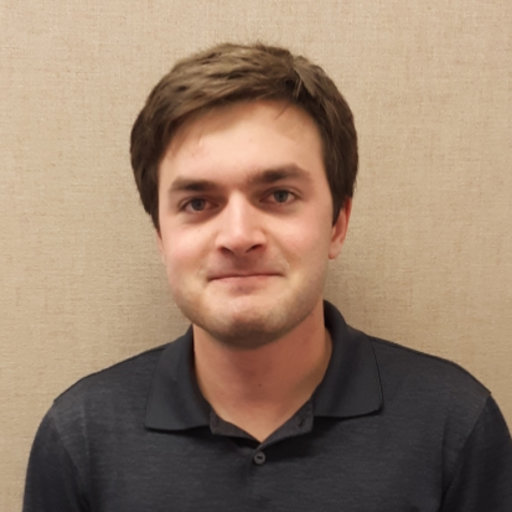
Click here to watch the recorded lecture.
Title: Progress on a Deep Learning Enhanced Earthquake Catalog for Northern California.
Abstract: Developing enhanced earthquake catalogs is essential for nearly all aspects of seismology, including understanding foreshock and aftershock behavior, imaging the Earth structure, and identifying active faults. Here we present progress on a deep learning enhanced catalog for northern California from 2023, where we use the PhaseNet picker and the GENIE phase association algorithm to develop a catalog of ~4.2x more earthquakes than the routine NCEDC catalog. The set of seismic stations we use to develop this catalog is highly variable, with hundreds of stations throughout the bay area, and far fewer stations throughout the central valley and Sierras, as well as dense local networks at Parkfield and Geysers. Despite this heterogeneity, we find GENIE appears effective at associating picks reliably across the full spatial domain, spanning from south of Parkfield and Ridgecrest, to north of the Mendocino Triple Junction, and from the west coast into western Nevada. The model achieves this by using graph convolutions to combine information from nearby stations, which allows it to identify reliable signatures of events even for small earthquakes that only show up on a fraction of the network. Our results are further verified by confirming that ~95% of all reported NCEDC earthquakes are re-detected, and the spatial locations of new events improves the detected seismicity rate primarily at the expected fault locations. The Gutenberg-Richter distribution of the new catalog is consistent with the reference NCEDC catalog, but extends to a lower magnitude of completeness, and double difference relocation further refines the expression of faults and quarries throughout the region.
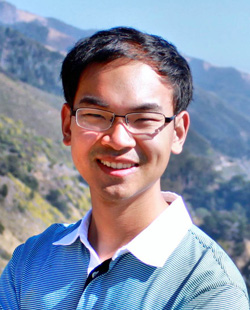
Click here to watch the recorded lecture.
Title: Geodetic Studies of Frozen Ground
Abstract: Accumulating observation evidence shows widespread thawing and degradation of permafrost, or ground remains frozen perennially, in cold regions. Thawing permafrost has profound effects on terrestrial ecosystems, hydrologic and landscape processes, and key infrastructure. A large amount of carbon currently frozen in permafrost may be released into the atmosphere and further warm the global climate. However, it is challenging to study and monitor permafrost, which is purely defined by its subsurface thermal condition. In this talk, I will present the innovative use of geodetic and remote sensing methods, including radar interferometry, GNSS Reflectometry, and deep learning, for mapping and quantifying permafrost degradation on the Tibetan Plateau and gaining quantitative understandings of seasonal, decadal, gradual, as well as abrupt changes in ice-rich permafrost.
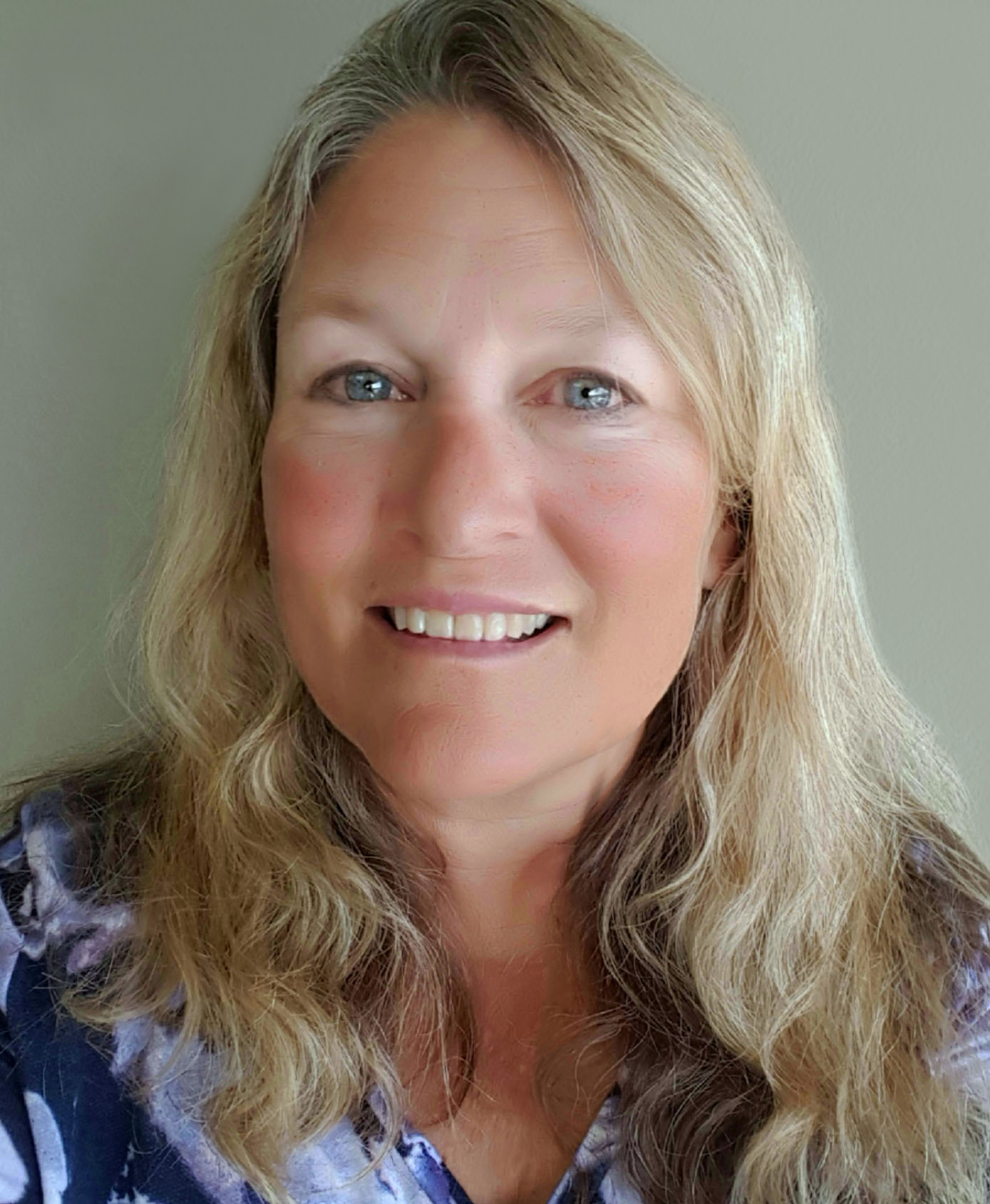
Click here to watch the recorded lecture.
Title: So You're Thinking About A Career in Economic Geology and Mineral Exploration...
Abstract:
A career in the search for ore deposits is one of the most rewarding ways to make a living. Far more than just a job, you will surround yourself with people who share your passion for discovery.
In this day and age, a career in economic geology and mineral exploration might encompass a vast array of subjects and activities, including classical field geology, petrography, metallurgy, geotechnical, ore control, drilling, 3D modeling and resource estimation, environmental and permitting, social engineering, logistics, project and people management, marketing or running a company. You might find yourself anywhere in the world, using planes, helicopters, trucks, 4-wheelers or mules to get there. If travel is your thing, you might be the first person on the ground in a remote village, or living in a camp, in a tent, or a seaside resort. You might be logging core, mapping an ore deposit, planning and laying out drill sites to test your model, compiling and analyzing data, giving presentations, going to conferences, building geological and resource models, working with engineers and metallurgists, supervising environmental studies, writing technical reports and a million other things.
A successful career in economic geology and mineral exploration takes flexibility, teamwork, an open mind, an ability to analyze large data sets, taking risks, learning from others and a willingness to embrace all aspects of the search for an economic deposit.
Here’s my story, and some helpful hints on how to jumpstart your career.
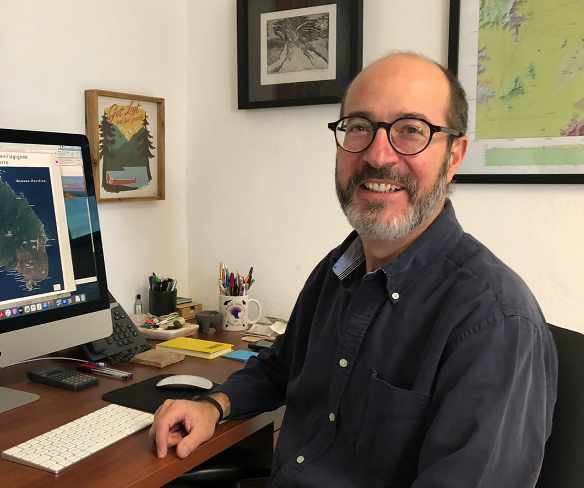
Click here to watch the recorded lecture.
Title: The Geology and Petrology of Ignimbrites, From the Crust to the Surface.
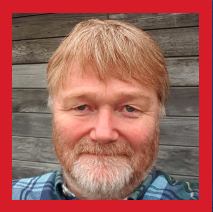
Title: Drilling Volcanic Rifted Margins to Understand Large Igneous Provinces and Associated Global Warming.
Abstract: Continental breakup is a rare, but fundamental Earth event driven by massive internal
forces. The splitting of Europe from Greenland some 56 million years ago was likely
triggered by hot material rising from the deep mantle, forming a large igneous province.
The breakup magmatism was associated with a global warming and extinction event, the
Paleocene-Eocene Thermal Maximum (PETM). IODP Expedition 396 successfully drilled
20 holes on the mid-Norwegian continental margin to better understand continental
breakup processes and to test the hypothesis that associated voluminous magmatism
triggered the PETM. Hole locations were carefully selected on conventional and high-resolution
3D seismic data. In total, > 4 km of sediments and volcanic rocks were drilled, recovering
2 km of core. The expedition recovered the first sub-basalt rocks on the Norwegian
margin, documenting the presence of granite and inter-basalt sandstones on the Kolga
High. We also cored three different seaward dipping reflectors (SDR) facies units
on the Vøring Margin, representing basaltic lava flows emplaced in sub-aerial, coastal,
and deep marine environments, respectively. An Outer High named Eldhø, was sampled
at the termination of the Inner SDR and recovered spectacular pillow basalt units.
The PETM interval was cored at the ten Modgunn Arch and Mimir High holes. The Modgunn
holes drilled into the upper part of a hydrothermal vent complex. High-resolution
palynology and isotope geochemistry document that the hydrothermal venting took place
near the start of the PETM, supporting the hypothesis that the global warming event
was triggered by shallow-water eruption of greenhouse gases formed by heating of organic-rich
sediments intruded by magmatic sills.
In conclusion, scientific drilling has provided essential data to document how the
Earth’s internal processes have influenced the environment and life in deep time.
To understand the environmental changes in the future, it is critical to keep on drilling
the ocean basins to test new hypotheses and to discover our geological past.
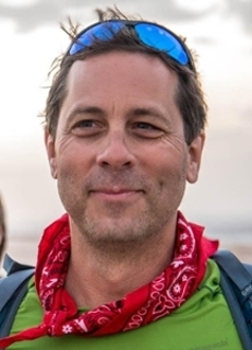
Click here to watch the recorded lecture.
Title:Tectonic Inversion and Buttressing: A Case for Cenozoic Contraction in Northern Oman
Abstract:
The geology of northern Oman and eastern Arabia is distinctive because of the emplacement of the Semail Ophiolite onto the stable Arabia platform in the late Cretaceous followed by the later development of the Jebal Akhdar and Saih Haitat domes. East of Muscat, the Wadi Kabir Fault forms an important structure along which the northern edge of the Saih Hatat domes was unroofed. In the Bandar Jissah area, Triassic carbonates occur in the footwall of the NNE-dipping Wadi Kabir Fault while rocks of the Semail Ophiolite, newly discovered rocks of the metamorphic sole, and a sequence of Paleogene-Eocene sedimentary rocks crop out in the footwall. Some workers posit that the Wadi Kabir and associated faults form basin-bounding normal faults for the Bandar Jissah rift basin and that folds in the hanging wall cover sequence are the product of rollover during extension and basin formation.
However, our detailed mapping and kinematic analysis illustrates that folds in the hanging wall are contractional structures that formed due to tectonic inversion along the Wadi Kabir and other faults. The overall shortening is modest (~10%) and primarily confined to the hanging wall rocks, consistent with buttressing against mechanically rigid rocks in the footwall of the Wadi Kabir Fault. These structures require an interval of N-S directed shortening in northern Oman that post-dates the deposition of mid-Eocene marine sediments in the Seeb Formation. The Wadi Kabir Fault also has localized zones of listwaenite preserved in its damage zone that is derived from ophiolitic rocks in the hanging wall. K-Ar age dating of gouge along the Wadi Kabir Fault yields ages of ~90 Ma and 58 ± 2 Ma, consistent with a long history of slip. Collectively, the Wadi Kabir Fault is a long-lived structure that’s experienced multiple episodes of extensional and contractional slip since the Cretaceous.
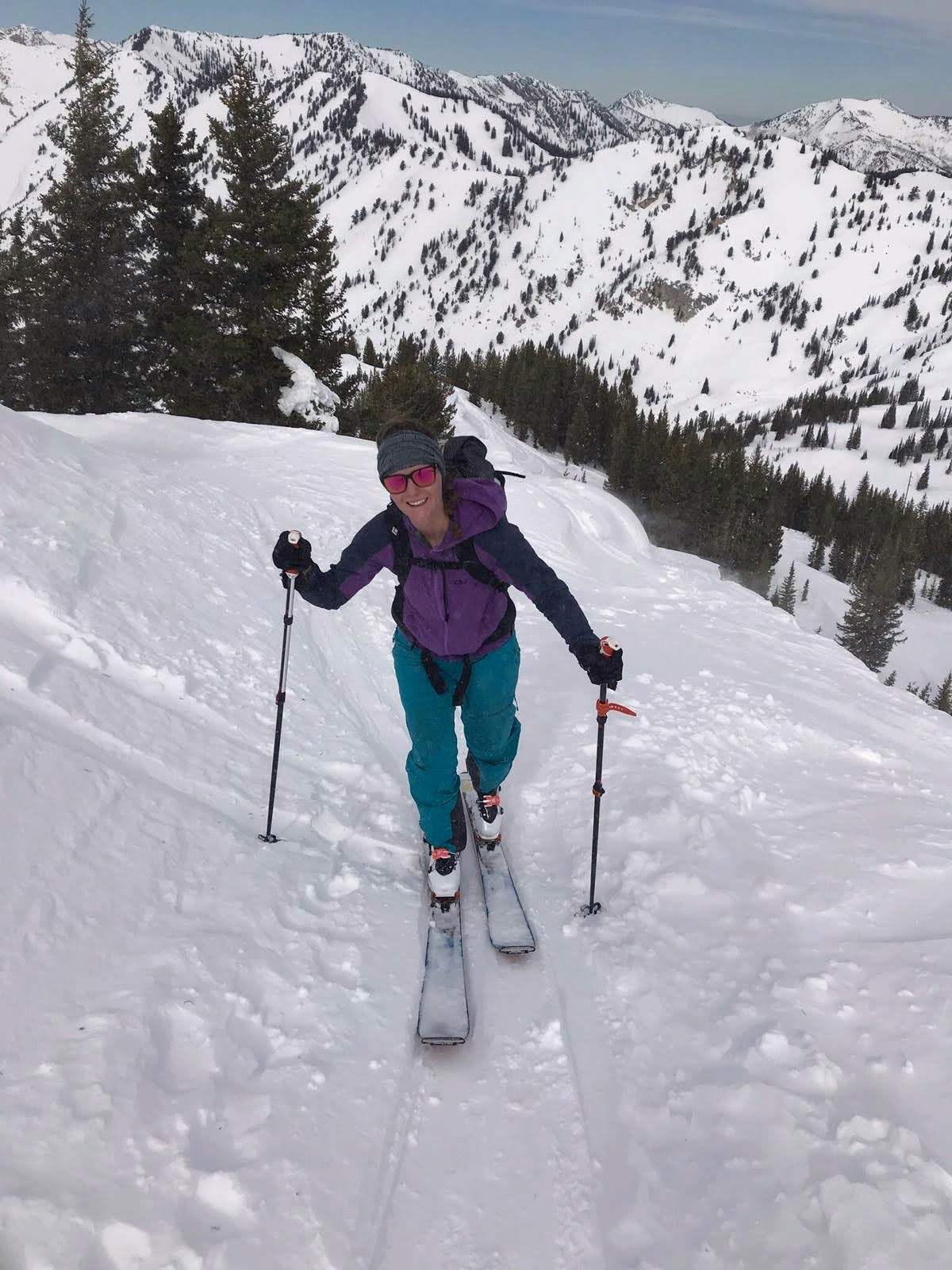
Click here to watch the recorded lecture.
Title: Human and drought effects on hydrologic systems and their downstream effects in the western US.
Abstract: A feature of working US Geological Survey is working on a wide variety of topics that fit under the larger umbrella of hydrology. In this talk, I'll introduce the USGS, the Utah Water Science Center, as well as what it's like to work for the survey. I'll include an overview of the different kinds of projects we take on, and those that I've worked on personally and their unifying themes. Then, I'll present on two recent and ongoing projects, titled "Spatially variable contributions of Great Salt Lake playa- and industrially-sourced priority pollutants characterize dust delivered to communities of Northern Utah" and "Isotopic evaluation of the National Water Model reveals human water use influences on streamflow across the western United States". The first deals with health effects of metals in dust along the Wasatch Front, while the second uses water isotopes to trace process representation in the National Water Model. While two distinct topics - dust and hydrologic modeling - the two are linked in that they concern human effects on hydrologic systems, and the downstream effects of such alteration.
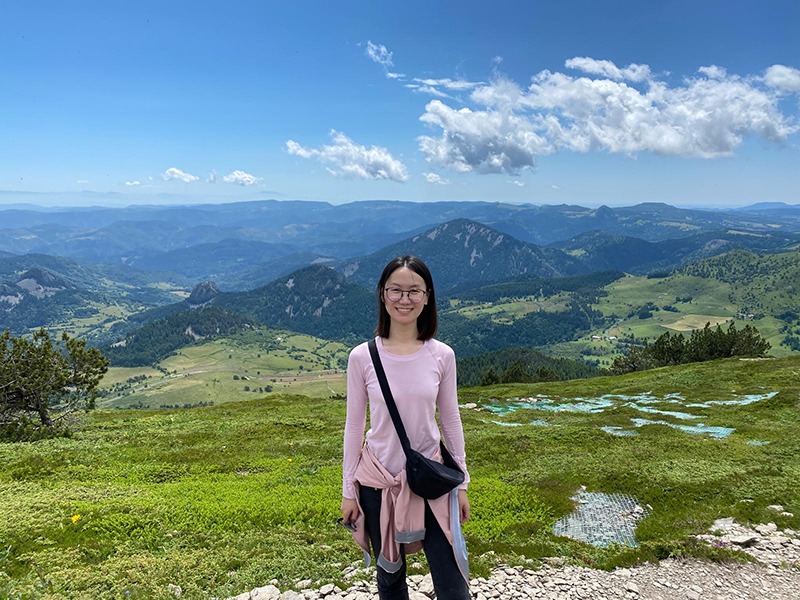
Title:How Fast, How Deep, and How Much? — Understanding Groundwater Hydrology with Passive Seismic Interferometry
Abstract: With climate change and population growth, humanity faces two critical global challenges: water security and the transition to clean energy. Tackling these issues requires affordable, high-resolution monitoring of fluid systems, such as groundwater and geothermal reservoirs, hidden in the Earth's shallow subsurface. In this seminar, I will introduce a novel, cost-effective method for aquifer monitoring using passive seismic interferometry. The promise of this approach will be demonstrated through case studies of aquifers across Greater Los Angeles. I will validate the effectiveness and unique advantages of seismic sensing by comparing it with borehole data, remote sensing, and hydrological simulations. I will then explore how this seismic method offers new insights into depth-dependent changes in aquifer storage over an event to decadal timescales with high spatial resolution. These pilot applications highlight the potential of leveraging seismic instruments worldwide to quantitatively assess the response of shallow fluid systems to weather extremes and anthropogenic activities.
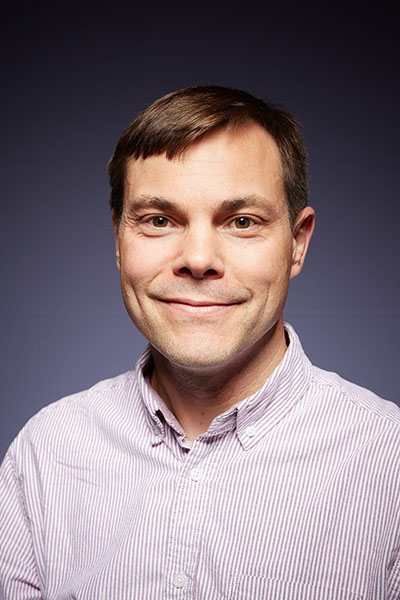
Click here to watch the recorded lecture.
Title: Drilling Down the Data: A Deep Learning Dive into IODP Cores
Abstract:
The Integrated Ocean Drilling Program (IODP) stands as a testament to human curiosity, having amassed a diverse collection of drilling cores which provide a window into geological processes. Core data is pivotal for understanding our planet’s past, present, and future. Despite this richness, extracting meaningful insights from core description poses significant challenges due to the inherent complexity and variability of the data, the amount of existing material, and the subjectivity of the interpreter.
Focusing largely (but not exclusively) on carbonate rocks, characterized by their heterogeneity at all observational scales, I will discuss how my research group and I have pioneered the application of deep-learning computer vision to geological core interpretation. This technology transcends the traditional, tedious manual interpretations of cores, offering a rapid, and often more accurate, alternative for delineating depositional environments and sequence stratigraphy. Convolutional neural networks (CNNs) form the backbone of our approach, enabling us to process core data with unprecedented efficiency. I will show that these sophisticated models, when correctly trained and fed with substantial datasets, serve as invaluable tools for geologists, outpacing conventional methods in speed without compromising on precision.
Our early work was centred on transfer learning, an AI approach that adapts pre-existing models to new data. I will show that this remains one of the best way to train classification algorithms for geological dataset. But we also worked on generative algorithms that fill gaps in our sampling of core imagery: for instance, we use Generative Adversarial Networks (GANs) to transform the resistivity images from formation micro scanners into representations mirroring actual core photographs, thus enhancing the interpretability for geologists irrespective of their background in downhole tools.
We tackle the often-limiting factor of dataset size in two ways. First, we recourse to generative AI to oversample our training set. Second, we also explore semi-supervised learning techniques. I will demonstrate that we successfully train models on core deformation images from IODP with minimal labelled data, achieving accuracy on par with, if not exceeding, that of transfer learning models.
The arc of my talk will thus chart the course of deep learning's evolution from a mere auxiliary tool to a pivotal force in geological sciences. Results from my research group and the broader research community indicate a promising future where deep learning not only streamlines the interpretation process but also provides robust, systematic insights that could revolutionize our understanding of geological data.
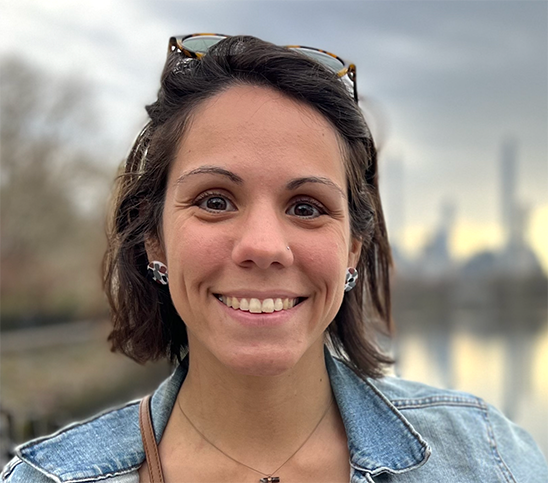
Title: The interplay between fluids and deformation: Comparisons Between the Subduction Interface and Oceanic Detachment Faults
Abstract:
Fluids, metamorphism and metasomatism including serpentinization and magmatism can weaken the lithosphere and lead to mechanical and chemical properties that affect the strength and slip behavior of fault zones. However, the competing mechanisms that control strain localization and exhumation rates and nature of fluids during these processes are still poorly understood.
In the first part of the talk, I will show the importance of in-situ apatite petrochronology from three subduction complexes from the Hellenic subduction zone. Apatite can record subduction processes including metamorphism, metasomatism, and underplating due to its ability to deform, recrystallize, and record chemical and mechanical processes across the Pressure/Temperatures conditions that span the depths at the bottom of the subduction seismogenic zone. These tools allow us to map out the entire journey of subducted and exhumed rocks and help us better understand deformation and fluids likely associated to slow slip and tremor along the plate interface.
In the second part of the talk, I will show new data from recovered cores from IODP Expedition 402 that revealed in-situ sections of serpentinized mantle exhumed during extension in the Tyrrhenian backarc basin. Two drill sites comprise a sequence of variably deformed granitic gneisses intercalated with ~cm-thick slivers of peridotites and basalts, and a heterogeneous section of primarily serpentinized peridotites with granitoids emplaced between the ultramafics. Geochronologic and micro-structural constraints as well as stable isotope data suggest that the granitoids accommodated the majority of deformation during exhumation along the detachment fault. Additionally, oxygen isotopic analyses suggest higher temperatures of serpentinization and are observed along the fault zones potentially due to seismic slip.
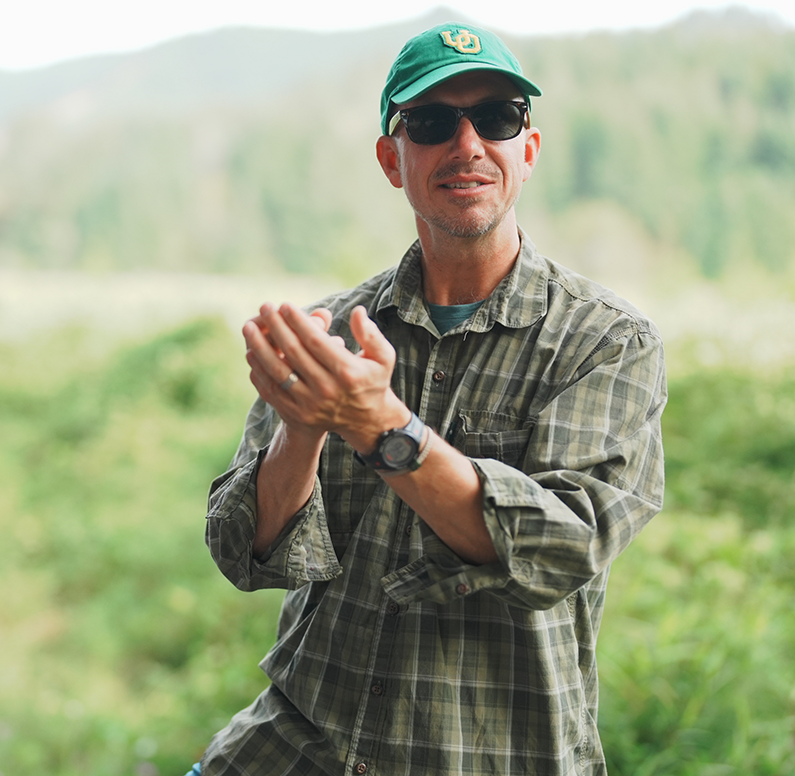
Title: Do microbes care about landslides? Using geomorphic models to inform stocks and cycling of soil organic carbon
Abstract:
Soils play a central role in the global carbon cycle and constitute a key component of natural climate solutions that require quantitative predictions of soil organic carbon (SOC) dynamics at local to regional scales. In hilly and mountainous terrain, variations in uplift and stream incision generate landslides and gradients in erosion and hillslope morphology that control soil properties and thus impact the abundance and persistence of SOC. Here we use geomorphic theory, field observations, topographic analyses, and soil biogeochemical analyses to identify how landscape evolution regulates the abundance and residence time of soil organic carbon in erosional settings. Our analyses reveal significant variations in SOC stocks and cycling that are important for informing carbon markets and restoration strategies, but are not captured by existing inventories and databases.
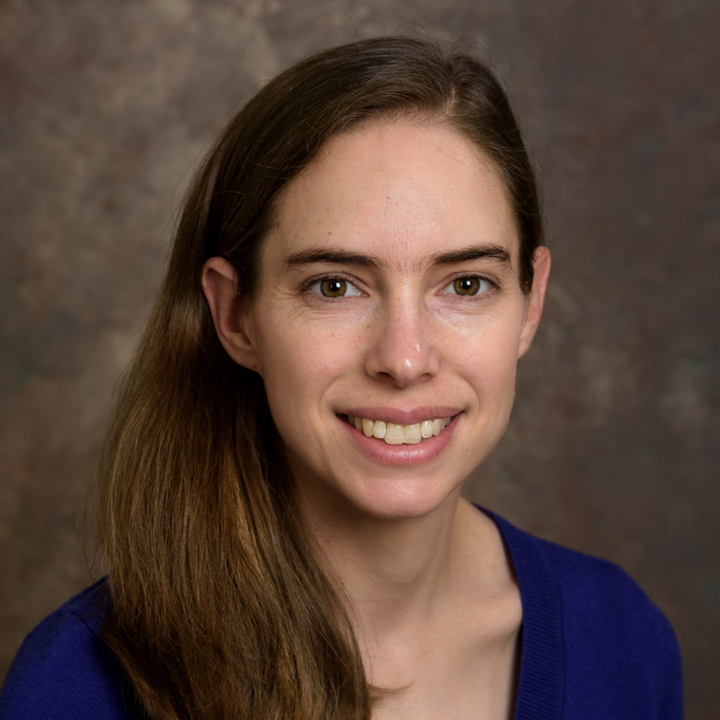
Title:The Limited Role of Serpentine in Accommodating Slip on Oceanic Transform Faults
Abstract:
Understanding the brittle and ductile processes that lead to seismic slip versus aseismic creep on faults is a longstanding goal of tectonics. In oceanic transform faults, serpentine has been proposed as an explanation for low seismic coupling, with some models suggesting that transforms are zones of extensive serpentinization. I will present evidence in rocks from these faults for interaction with seawater at temperatures up to 900°C, which drives metamorphic reactions and changes in slip behavior. However, serpentine appears to be the one mineral that does not form during deformation, but instead forms by static growth following deformation. Combined with the overall limited abundance of serpentinites among deformed rocks recovered from these faults, existing samples suggest that serpentine does not provide an explanation for the seismic deficit on transform faults.
|
Day |
Date | Location |
Distinguished Guest Lecturer | Institution | Presentation Title |
|---|---|---|---|---|---|
| TH | 1/20 | Virtual | GEOSLAM | University of Utah Geology & Geophysics Grad Students |
Grad students will present on their research topics |
| TH | 1/27 |
Virtual |
Catherine Macris |
Indiana University |
Mineralogical Society of America (MSA) Distinguished Lecturer Program: "Laser Beams and Levitating Lava Orbs: Science fiction or real tools for studying planetary science?" |
| TH | 2/3 | Virtual | Susan Brantley |
Penn State University |
"Weatherability of rocks and minerals from the laboratory to the critical zone" |
| TH | 2/10 |
Virtual |
Chen Zhu | Earth and Atmospheric Sciences at Indiana University | Henry Darcy Lecture: "How Are Geochemical Reactions in Aquifers Connected to Climate Change Mitigation?" |
| TH | 2/17 | Virtual | Michael Zhdanov |
Distinguished Professor Geology & Geopysics University of Utah |
Geophysical Inversion: Seeing the Unseeable. |
| TH | 2/24 | Virtual | Jeff Freymueller |
Michigan State University |
"Megathrust slip budget and earthquakes along the Alaska Peninsula" |
| TH | 3/3 | Virtual |
Keith Koper |
Utah Seismograph Stations University of Utah |
"New observations and interpretations of the fine-scale structure of Earth's solid
inner core" |
| M | 3/14 | Virtual | Rebecca Barnes |
Associate Professor at Colorado College PhD (2008) from Yale Research foci: Biogeochemistry; Global change; Wildfire; Diversity, Equity and Inclusion |
Enviromental Earth Science Series
Email gg-info@lists.utah.edu for Zoom information. |
| T | 3/15 | Virtual | Peter Crockford |
Postdoc at Woods Hole PhD (2018) from McGill University Research foci: Geobiology; Earth history; Stable isotope geochemistry |
|
| W | 3/16 | Virtual | Rachel Lupien |
Postdoc at Lamont-Doherty PhD (2019) from Brown Research foci: Organic geochemistry; Paleoclimate; Hominid evolution |
|
| TH | 3/17 | Virtual | Chad Ostrander |
Postdoc at Woods Hole (Ph.D. in 2020) PhD (2020) from Arizona State Research foci: Isotope geochemistry; Earth history; Geobiology; Modern isotope cycling |
|
| M | 3/21 | Virtual | Elias Bloch |
Maitre assistant (equivalent research associate) at the Institute of Earth Sciences - University of Lausanne PhD (2013) from University of Arizona Research foci: High-T geochemistry, geochronology, diffusion, experimental met.pet |
Email gg-info@lists.utah.edu for Zoom information. |
| T | 3/22 | Virtual | Nikki Seymour |
Postdoc (NSF fellow) at Stanford University & UC Santa Cruz PhD (2020) from Colorado State University Research foci: Structural Geology, Geochronology, Tectonics, fieldwork |
|
| W | 3/23 | Virtual | David Hernandez Uribe |
Postdoctoral fellow at the University of Michigan Ph.D. (2020) from Colorado School of Mines Research foci: Metamorphic, Phase Equilibria, Tectonics, Subduction, fieldwork |
|
| TH | 3/24 | Virtual | Juan Carlos de Obeso |
Postdoc at University of Calgary Ph.D. (2019) from Columbia University/LDEO Research foci: High-T geochemistry, fluid-rock reaction, CCS, experimental, fieldwork. |
|
| F | 3/25 | Virtual | Elisabeth Gallant |
Postdoc (NSF fellow) at USGS Hawaiian Volcano Observatory PhD (2019) from University of South Florida Research foci: Volcanology, Volcanic Hazard Assessment, fieldwork |
|
| TH | 3/31 | Virtual | Rolf Kipfer | Deputy Head of the Dept. of Water Resources and Drinking Water at the Swiss Federal Institute of Aquatic Science and Technology | The ballade of noble gases, paleoclimate, Black Smokers and Arsenic … |
| TH | 4/7 |
Virtual |
Yemane Asmerom |
University of New Mexico |
TBA |
| TH | 4/14 |
TBA |
TBA | TBA | TBA |
| Asmeret Berhe | Spring 2021 |
| Mark Panning | Spring 2021 |
| Valier Galy | Spring 2021 |
| Estella Atekwana | Spring 2021 |
| Chris Jackson | Spring 2021 |
| Isabel Patricia Montañez | Spring 2021 |
| Matt Jackson | Spring 2021 |
| Valier Galy | Spring 2021 |
| Jorge Velez-Juarbe | Spring 2021 |
| Roland Bürgmann | Spring 2021 |
| Michael Kipp | Spring 2021 |
| Jamie McFarlin | Spring 2021 |
| Sarah Crump | Spring 2021 |
| Julia Kelson | Spring 2021 |
| Zachary Ross | Fall 2020 |
| Mark Torres | Fall 2020 |
| Shi (Joyce) Sim | Fall 2020 |
| Ellen Thomas | Fall 2020 |
| Enrique Merino | Fall 2020 |
| Kate Freeman | Fall 2020 |
| Parvathy Prem | Fall 2020 |
| Asmaa Boujibar | Fall 2020 |
| Jane Willenbring | Fall 2020 |
| Zack Spica | Fall 2020 |
| Kayla Iacovino | Fall 2020 |
| Naomi Levin | Fall 2020 |
| John Howell | Fall 2019 |
| Tony Dore | Fall 2019 |
| WILLIAM BRAZELTON | Fall 2019 |
| Philipp P Ruprecht | Fall 2019 |
| Zach Ross | Fall 2019 |
| Kendra Murray | Fall 2019 |
| Pete Lippert | Fall 2019 |
| Adrian Harpold | Fall 2019 |
| Alisha Clark | Fall 2019 |
| Brenda Bowen | Fall 2019 |
| Kent Condie | Fall 2019 |
| Kate Maher | Fall 2019 |
| Mark Schmitz | Spring 2019 |
| Alexis Ault | Spring 2019 |
| Justin Filiberto | Spring 2019 |
| Carlos Santana | Spring 2019 |
| Jani Radebaugh | Spring 2019 |
| Adolph Yonkee | Spring 2019 |
| Tim van Peer | Spring 2019 |
| Jamie Farrell | Spring 2019 |
| Tiffany Rivera | Spring 2019 |
| Emily Kleber | Spring 2019 |
| Enrique Merino | Spring 2019 |
| Harley Benz | Spring 2019 |
| Dr. David Sandwell | Fall 2018 |
| Dr. Meghan Miller | Fall 2018 |
| Michal Kowalewski | Fall 2018 |
| Dr. Allen Glazner | Fall 2018 |
| Dr. Zhaoxia Pu | Fall 2018 |
| Dr. Andrea Brunelle | Fall 2018 |
| Dr. David Boutt | Fall 2018 |
| Dr. Ioan Lascu | Fall 2018 |
| G&G students & faculty | Fall 2018 |
| Dr. Kristine Pankow | Fall 2018 |
| Dr. Bonnie Baxter | Fall 2018 |
| Dr. Kristine Larson | Fall 2018 |
| Dr. Francis Albarede | Fall 2018 |
| Paul Koch, Distinguished Professor | Spring 2018 |
| Geoslam | Spring 2018 |
| Sam Hudson, Assistant Prof. | Spring 2018 |
| Bob Biek | Spring 2018 |
| Eric Bilderback | Spring 2018 |
| Devon Orme, Assistant Professor | Spring 2018 |
| Rich Giraud | Spring 2018 |
| Marc Caffee | Spring 2018 |
| Kate Allstadt | Spring 2018 |
| Jeff Coe | Spring 2018 |
| None - Spring Break | Spring 2018 |
| Ramon Arrowsmith | Spring 2018 |
| Stephanie Prejean, Research Geophysicist | Spring 2018 |
| Adrian Hartley, Professor | Spring 2018 |
| Brian Collins | Spring 2018 |
| Jorg Pross | Fall 2017 |
| Summer Rupper | Fall 2017 |
| Bayani Cardenas | Fall 2017 |
| Jerry Schuster | Fall 2017 |
| Jessica Creveling | Fall 2017 |
| Leif Tapanilla | Fall 2017 |
| Yadira Ibarra | Fall 2017 |
| Susan Schwartz | Fall 2017 |
| Scott Hynek | Fall 2017 |
| Elizabeth Balgord | Fall 2017 |
| Jessica Tierney | Fall 2017 |
| T. J. Ulrich | Spring 2017 |
| GeoSlam | Spring 2017 |
| John Bartley | Spring 2017 |
| Tammy Rittenour | Spring 2017 |
| Steve Holbrook | Spring 2017 |
| Beatrice Magnani | Spring 2017 |
| Scott Giorgis | Spring 2017 |
| Glenn Thackray | Spring 2017 |
| Paul Brooks | Fall 2016 |
| Marie Jackson | Fall 2016 |
| Ron Harris | Fall 2016 |
| Kevin Ward | Fall 2016 |
| Yu Wang | Fall 2016 |
| Carie Frantz | Fall 2016 |
| Matt Haber | Fall 2016 |
| Kate Huntington | Fall 2016 |
| Ed Nissen | Fall 2016 |
| Nick Pyenson | Fall 2016 |
| Andrea Bunelle | Fall 2016 |
| Dr. Mike Poland | Spring 2016 |
| Dr. Bill McDonough | Spring 2016 |
| Dr. Reed Burgette | Spring 2016 |
| Dr. Alex Gribenko | Spring 2016 |
| Dr. David Sandwell | Spring 2016 |
| Dr. Peter Molnar | Spring 2016 |
| Dr. Alan Carroll | Spring 2016 |
| Dr. Sallie Greenberg | Spring 2016 |
| Dr. Joe MacQuaker | Spring 2016 |
| Dr. Gene Humphreys | Spring 2016 |
| Dr. Jack Shroder | Spring 2016 |
| Dr. Scott Miller | Spring 2016 |
| Dr. Hsin-Hua Huang | Fall 2015 |
| Dr. Clark Johnson | Fall 2015 |
| Dr. Jay Quade | Fall 2015 |
| Dr. Craig Rasmussen | Fall 2015 |
| Dr. Dave Pearson | Fall 2015 |
| Dr. Dennis Newell | Fall 2015 |
| Dr. Seulgi Moon | Fall 2015 |
| Dr. Tiffany Rivera | Fall 2015 |
| Dr. Mike Stearns | Fall 2015 |
| Dr. Vera Schulte-Pelkum | Fall 2015 |
| Jerry De Graff | Fall 2015 |
| Dr. Dennis Bazylinski | Fall 2015 |
| Dr. Erik Oerter | Fall 2015 |
| Dr. Sora Kim | Spring 2015 |
| Dr. Cristina Belanger | Spring 2015 |
| Dr. Kathleen Ritterbush | Spring 2015 |
| Dr. Adam Huttenlocker | Spring 2015 |
| Dr. Bill Farrand | Spring 2015 |
| Dr. Bethany Ehlmann | Spring 2015 |
| Dr. Pheobe Lam | Spring 2015 |
| Dr. Kyle Spikes | Spring 2015 |
| Dr. Vedran Lekic | Spring 2015 |
| Dr. Xin Song | Spring 2015 |
| Dr. Patricia Manley | Spring 2015 |
| Dr. Amir Allam | Spring 2015 |
| Dr. George Davis | Spring 2015 |
| Dr. Joe Dufek | Spring 2015 |
| Dr. Song-Heon Dan Shim | Fall 2014 |
| Dr. Thorne Lay | Fall 2014 |
| Dr. Lauren Birgenheier | Fall 2014 |
| Dr. Brandon Schmandt | Fall 2014 |
| Dr. Aria Abubakar | Fall 2014 |
| Dr. Eric Hellebrand | Fall 2014 |
| Dr. Kerry Key | Fall 2014 |
| Dr. Juergen Schieber | Fall 2014 |
| Dr. John Wahr | Fall 2014 |
| Dr. Adrian Borsa | Fall 2014 |
| undergraduate students | Fall 2014 |
| Dr. Tony Lowry | Fall 2014 |
| Dr. Rebecca Barnes | Fall 2014 |
Spring 2013




























Dr. Chris DuRoss, Utah Geological Survey
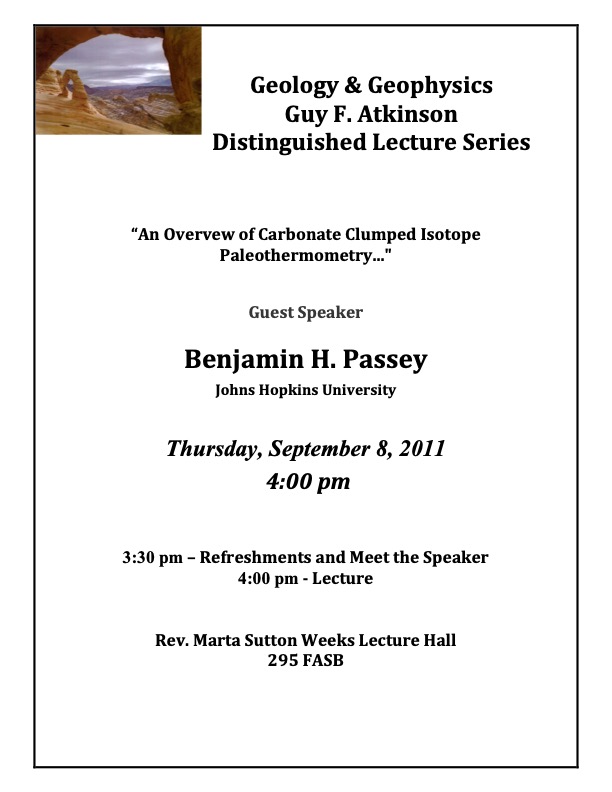
Dr. Benjamin H. Passey, Johns Hopkins University
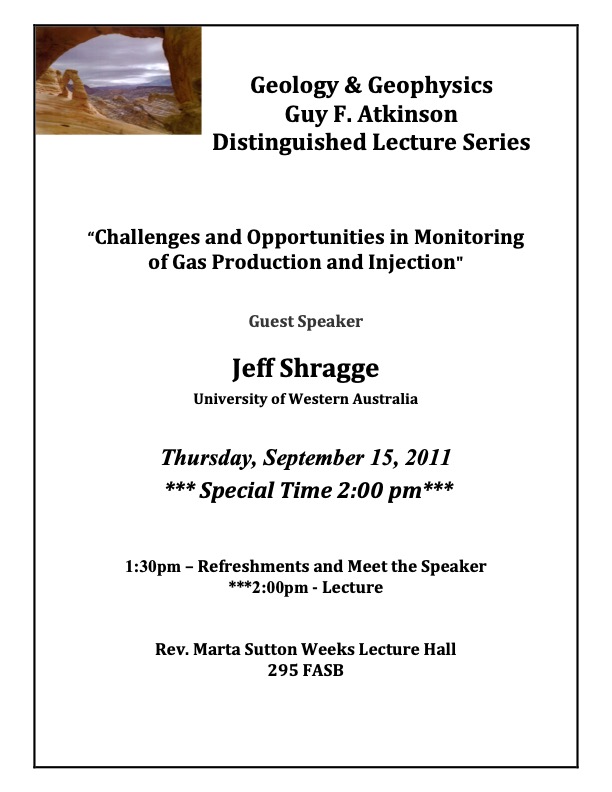
Dr. Jeff Shragge, University of Western Australia
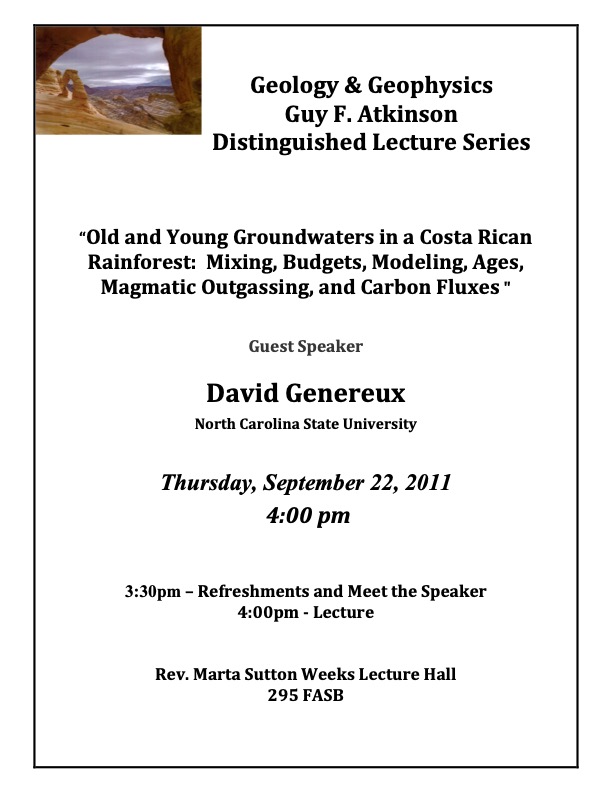
Dr. David Genereux, North Carolina State University
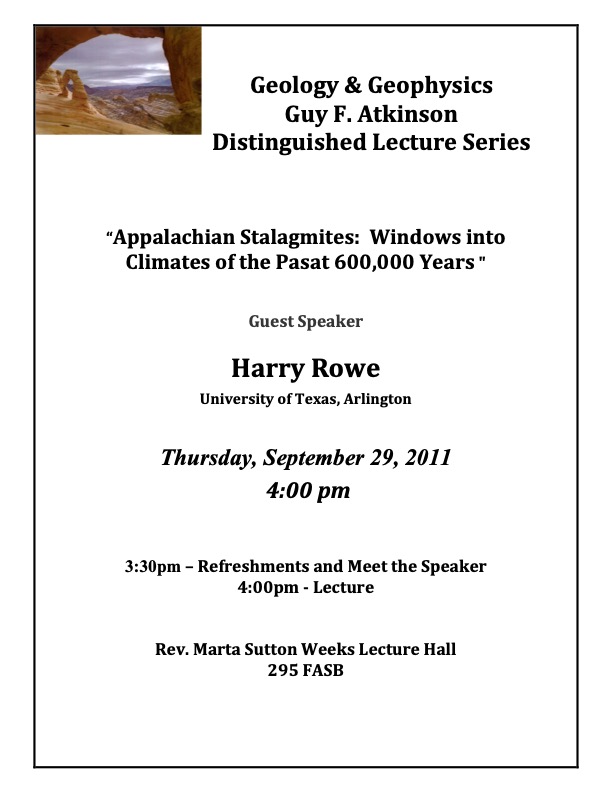
Dr. Harry Rowe, University of Texas, Arlington

Dr. Randall Irmis, University of Utah

Dr. Jeroen Ritsema, University of Michigan

Dr. Victor Heilweil, U.S. Geological Survey

Dr. Mike Vanden Berg, Utah Geological Survey

Dr. Robert Bereskin, University of Utah

Dr. Dan Fisher, University of Michigan

Dr. Dan Farber, Lawrence Livermore National laboratory

Dr. Joel Blum, University of Michigan

Dr. Stephen Arrowsmith, Los Alamos National Laboratory

Dr. Gabe Bowen, Purdue University

Dr. Kristine Larson, University of Colorado

Dr. Pier Paolo Bruno, University of Sannio (Italy)

Dr. Matthew Haney, Boise State University

Dr. Fred Massin, University of Utah
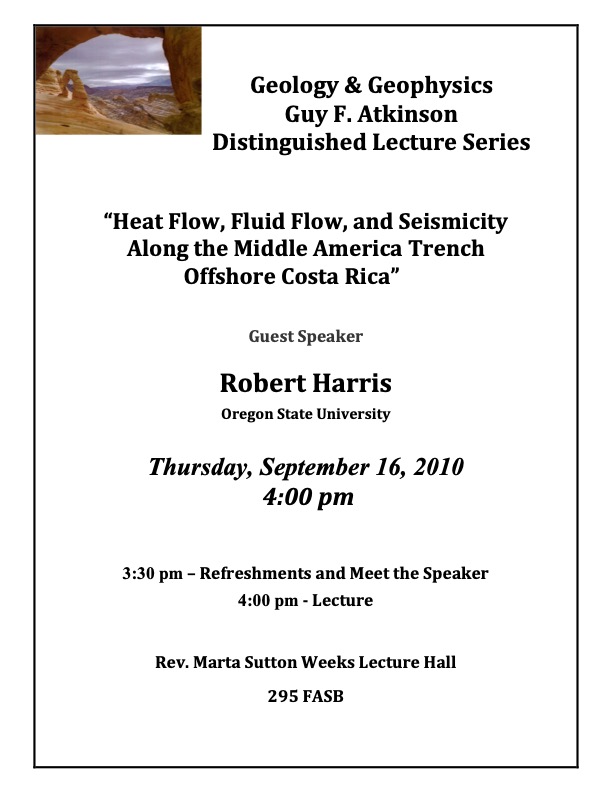
Dr. Robert Harris, Oregon State University

Dr. David Fox, University of Minnesota
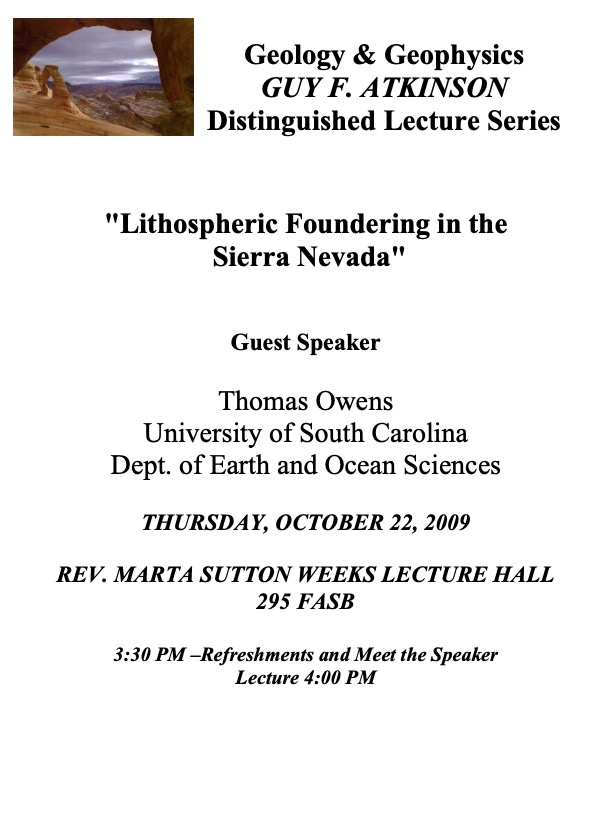
Dr. Thomas Owens, University of South Carolina

Dr. Timothy Killeen, National Science Foundation

Dr. Aaron Velasco, University of Texas-El Paso

Dr. Michael West, University of Alaska, Fairbanks

Dr. Jeanne Sauber, Goddard Space Flight Center

Dr. Roland Mundil, Berkeley

Dr. Michael Zhdanov, University of Utah

Dr. Jessica Whiteside, Brown University

